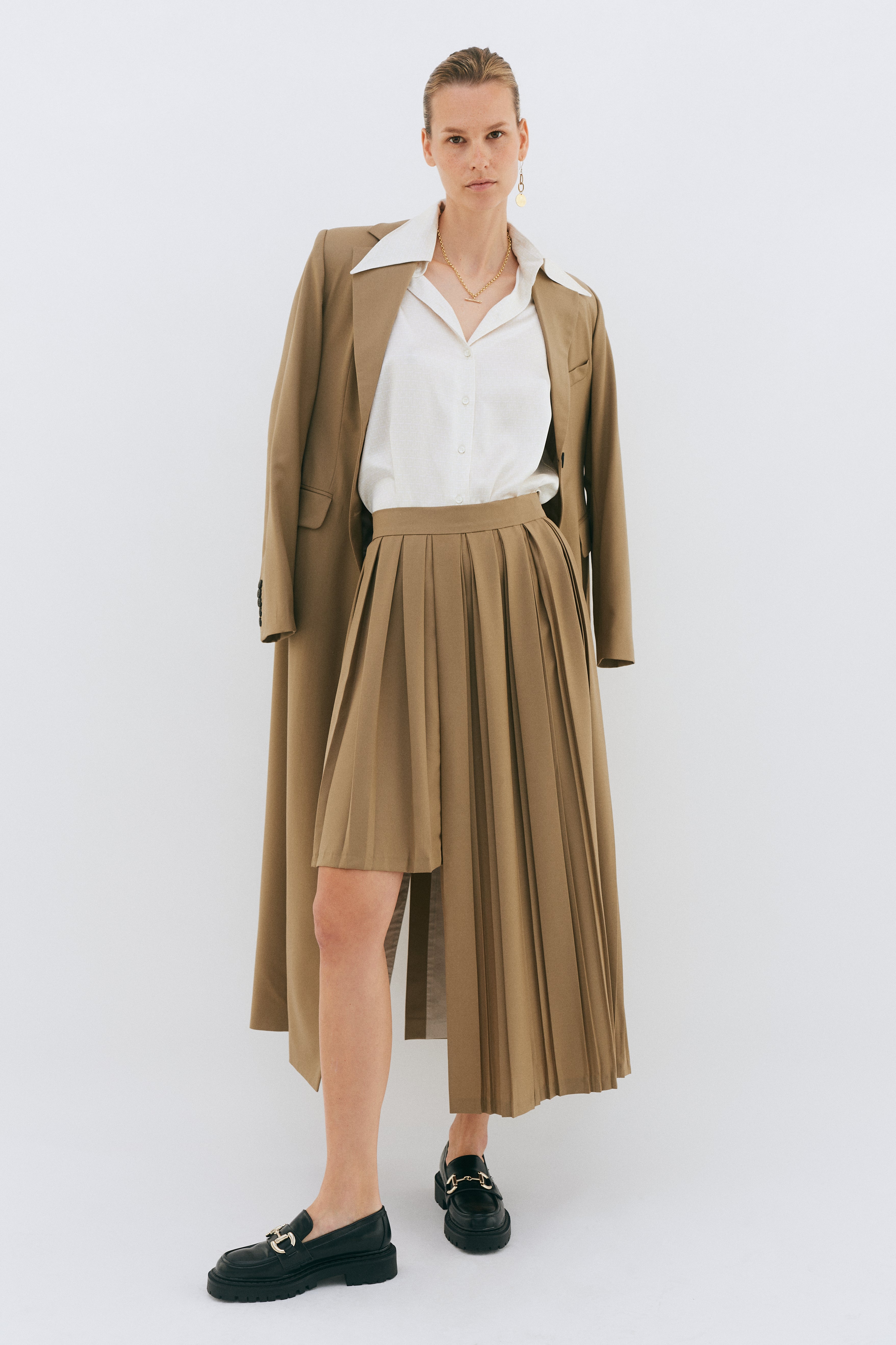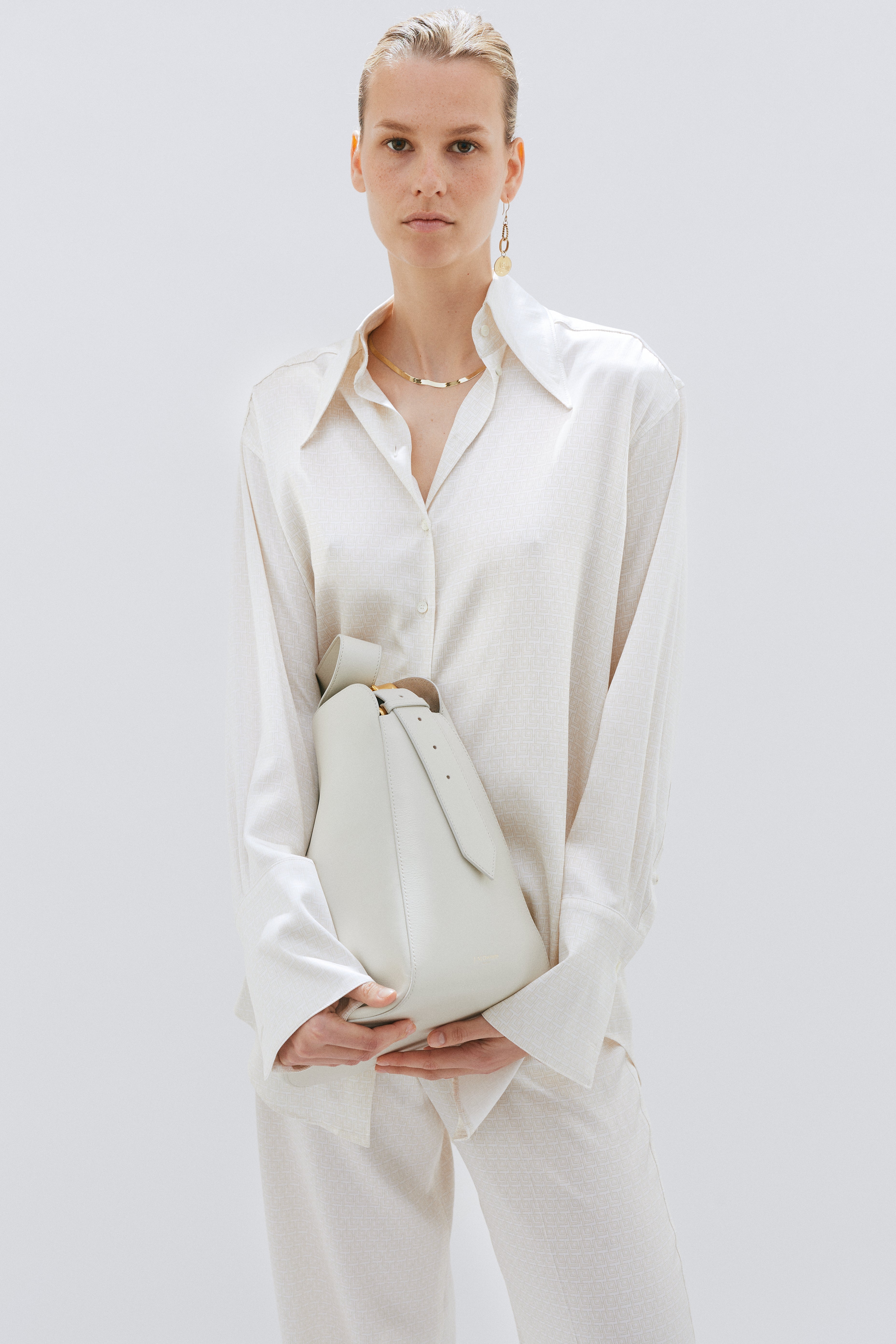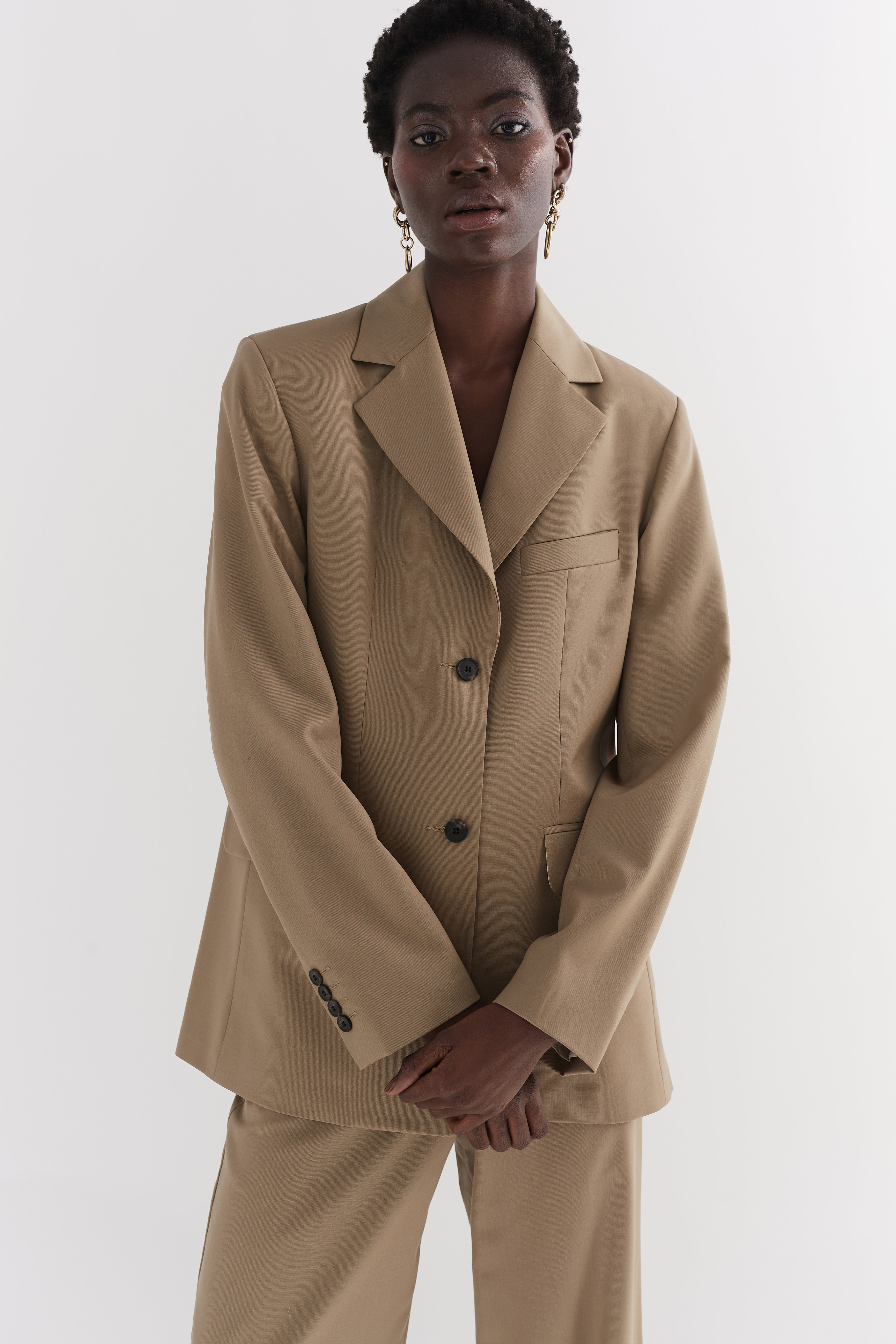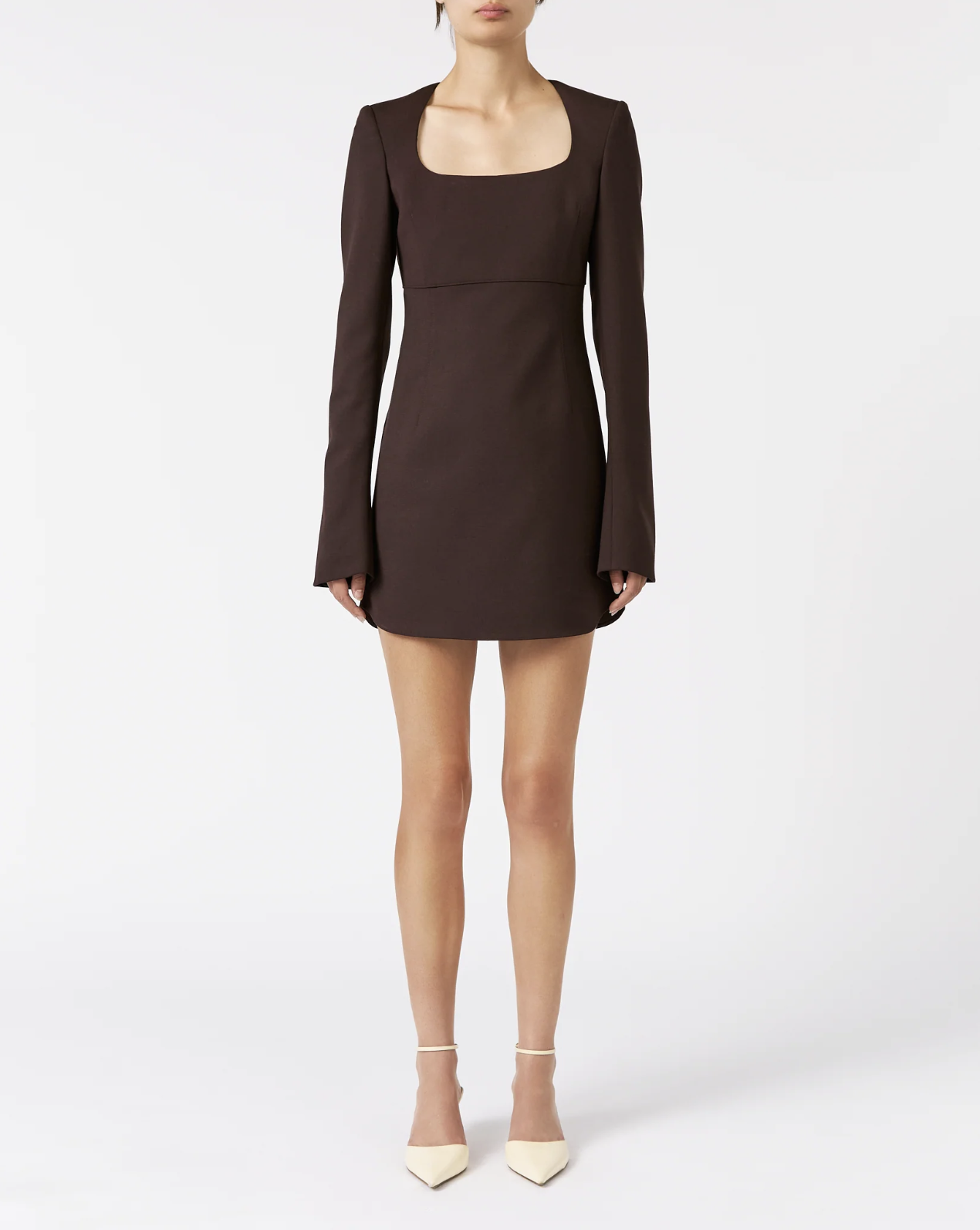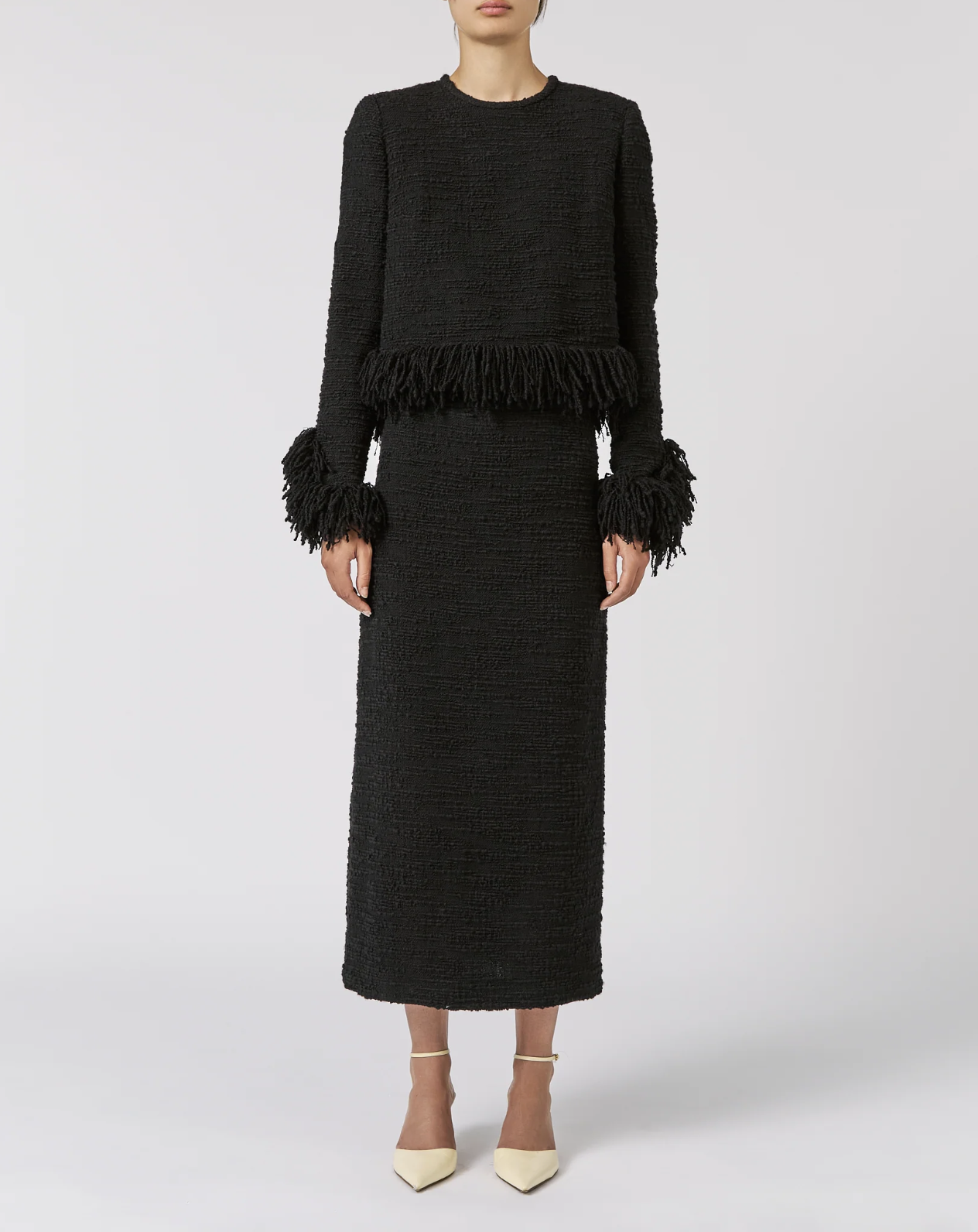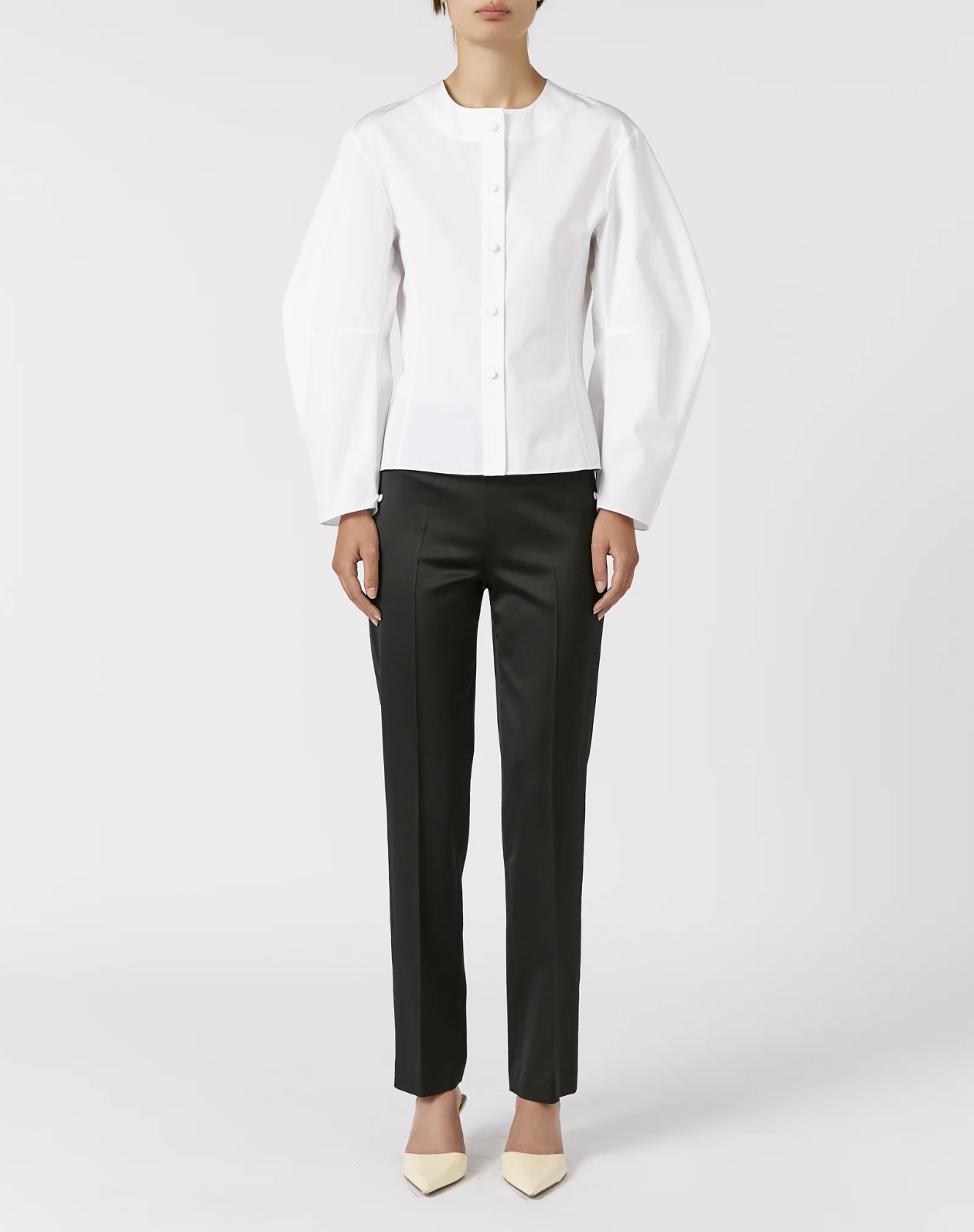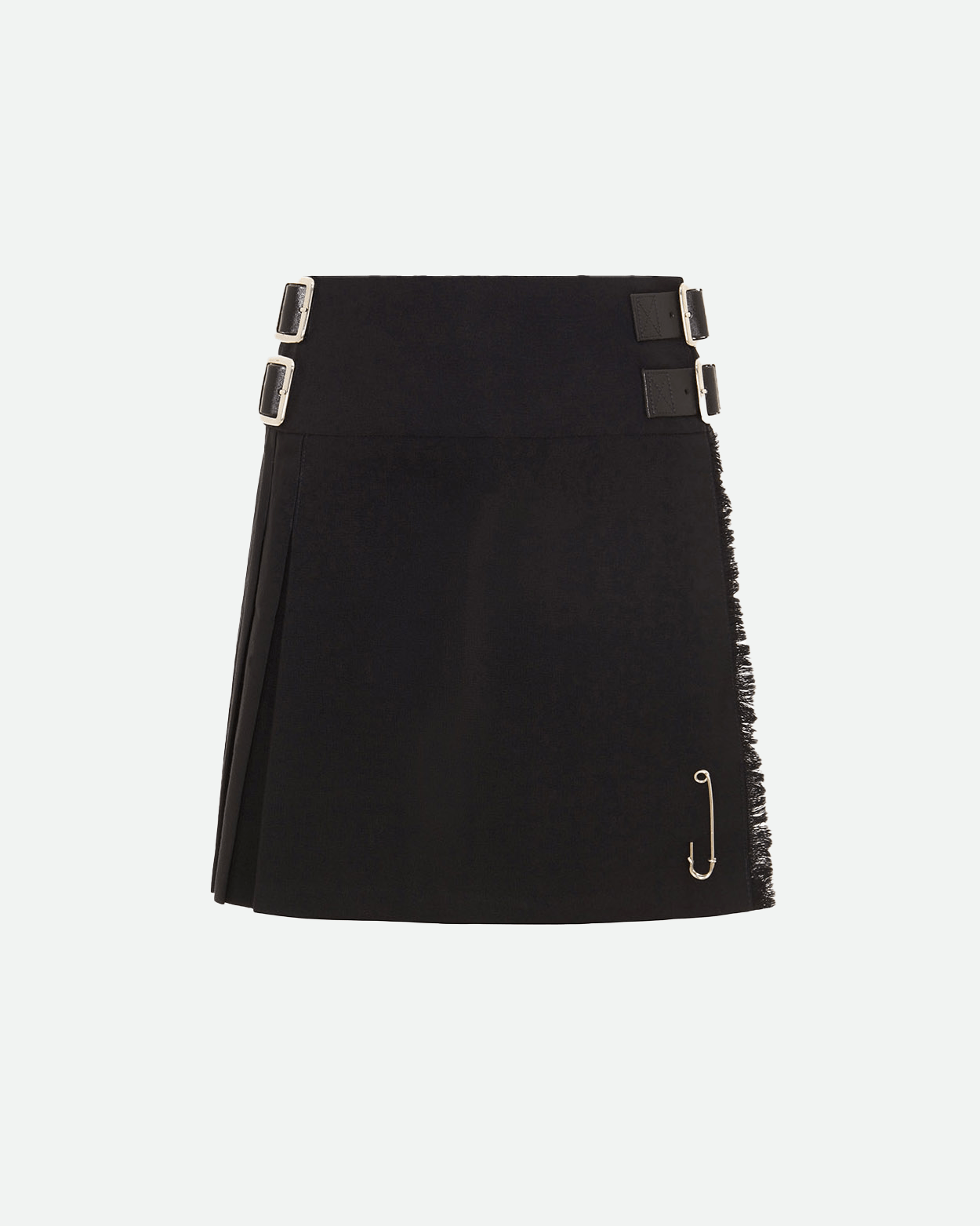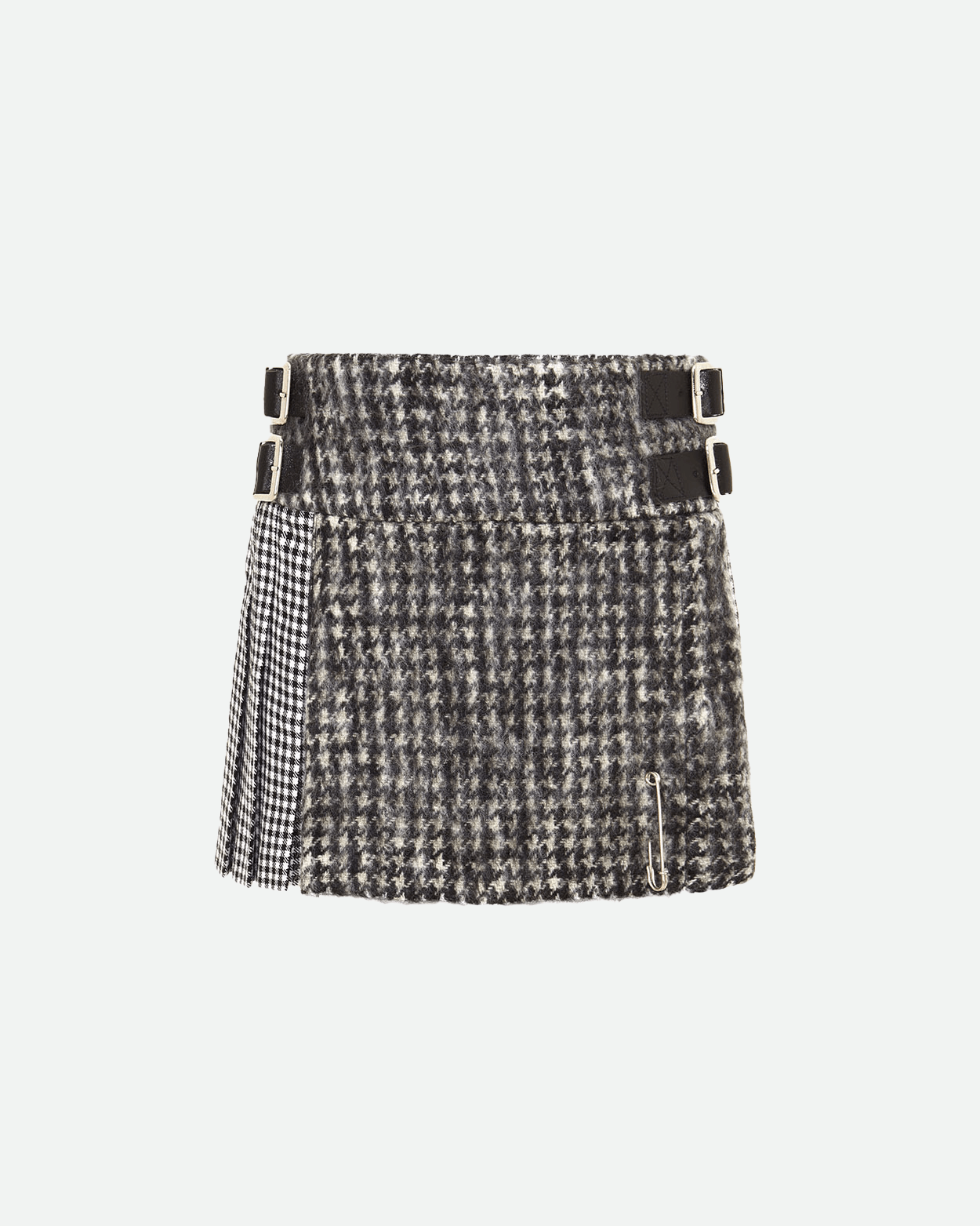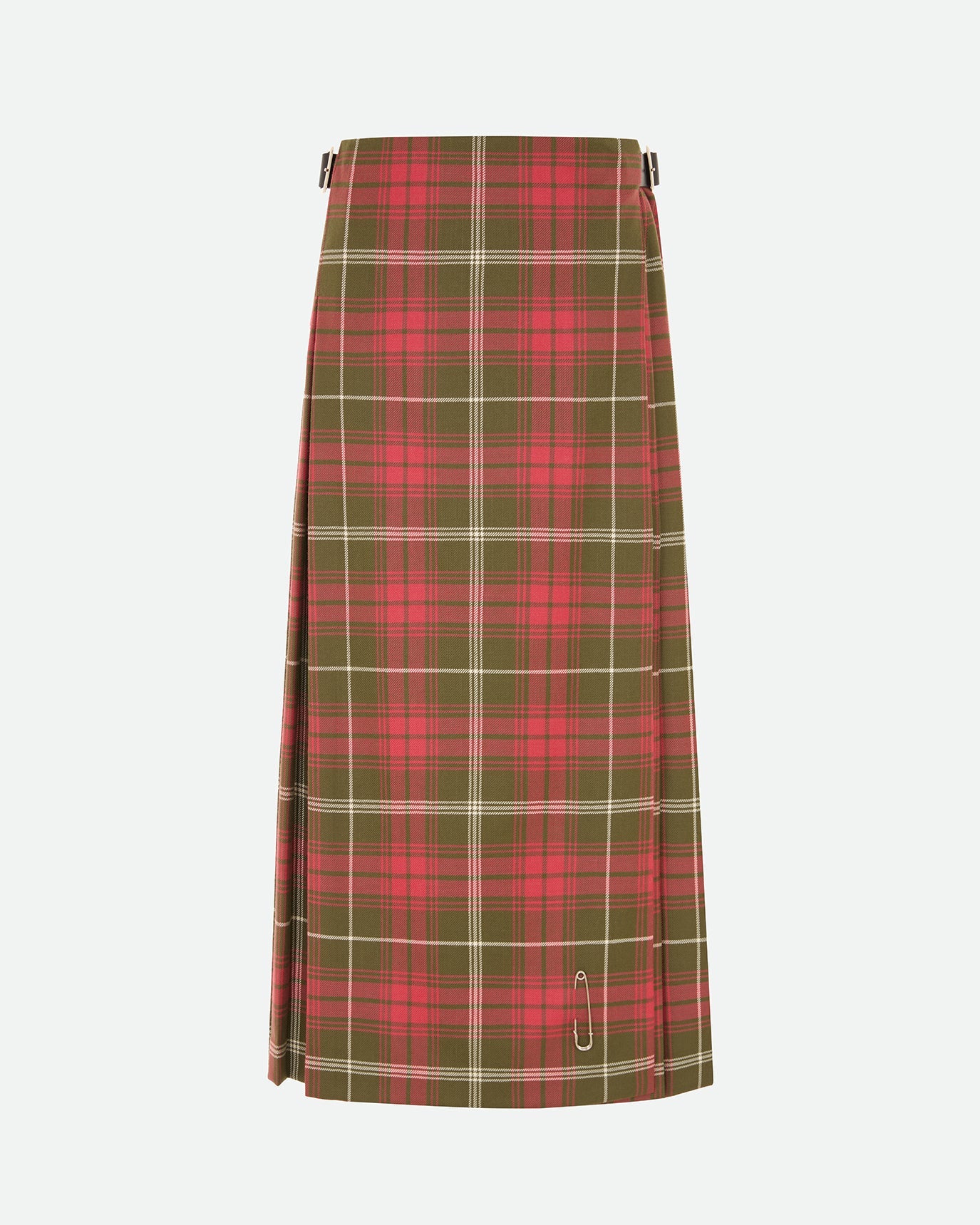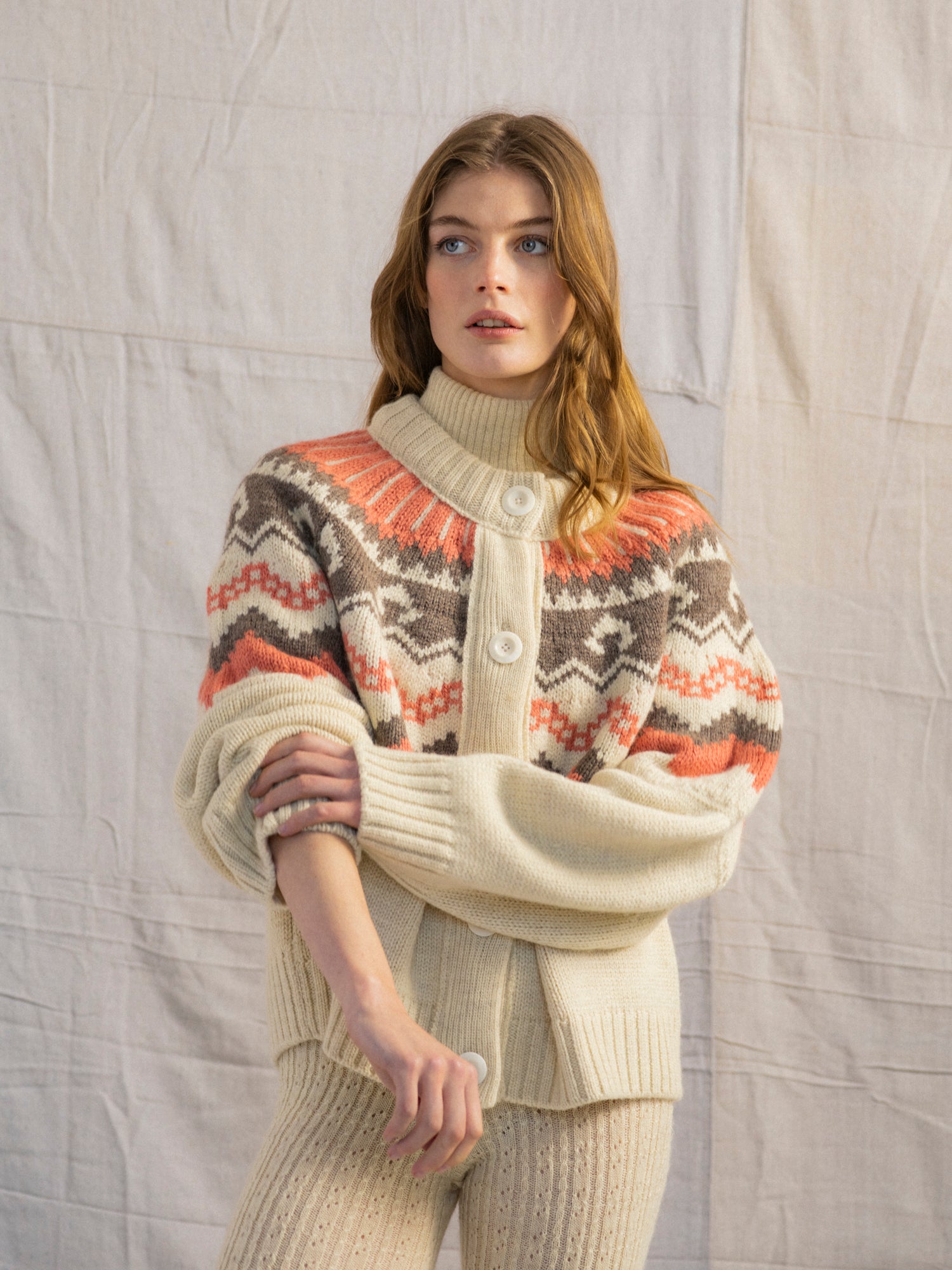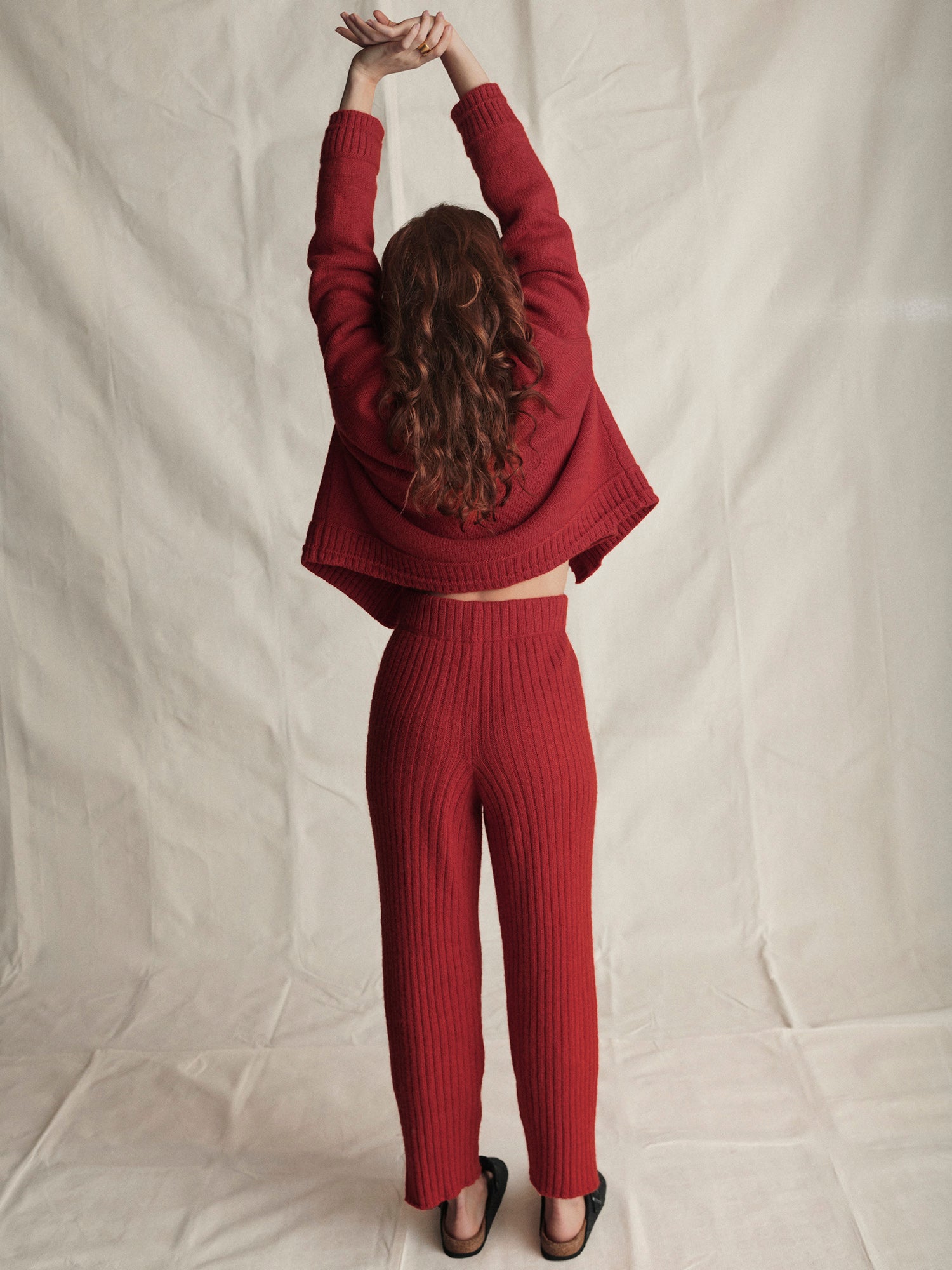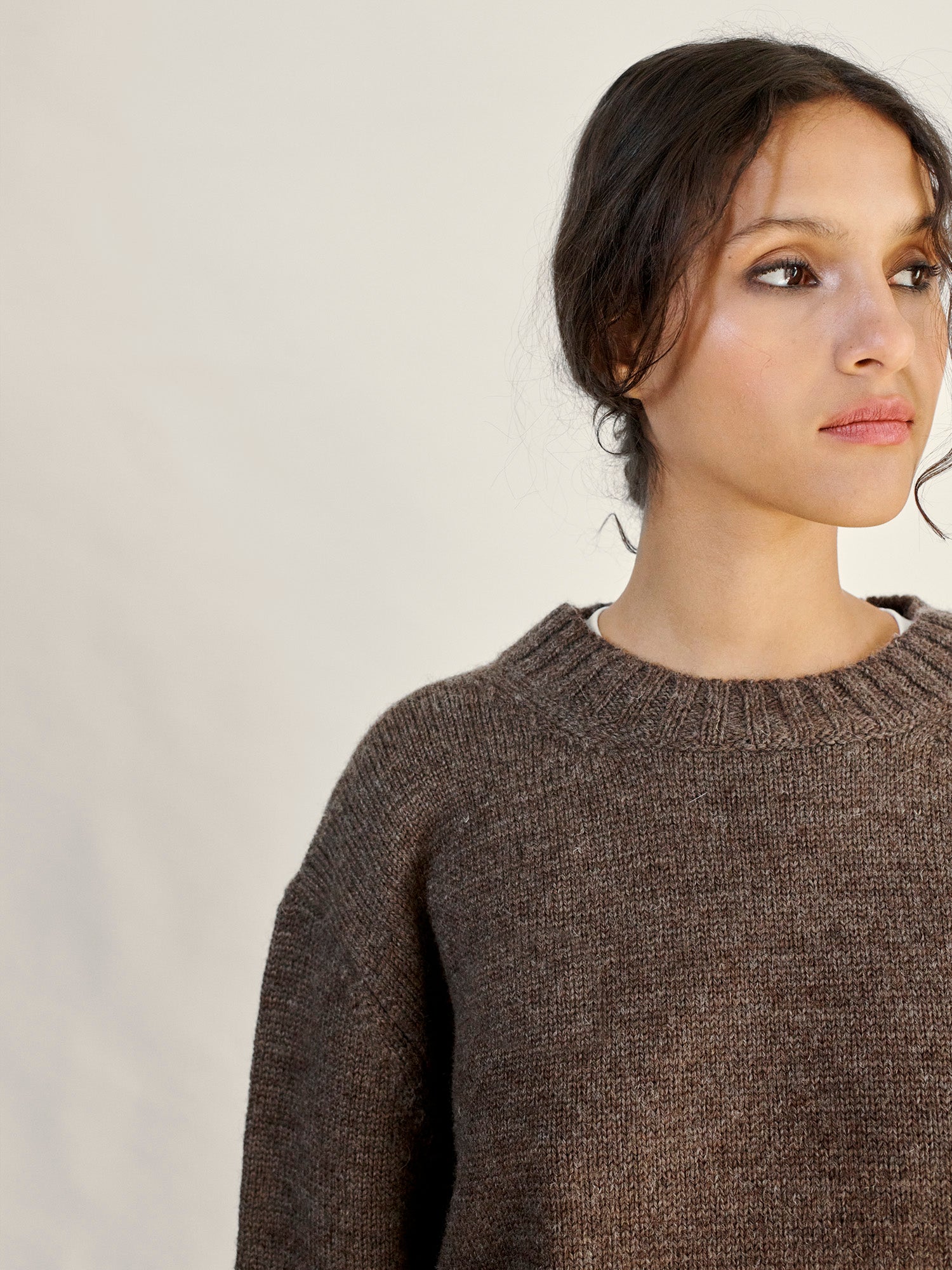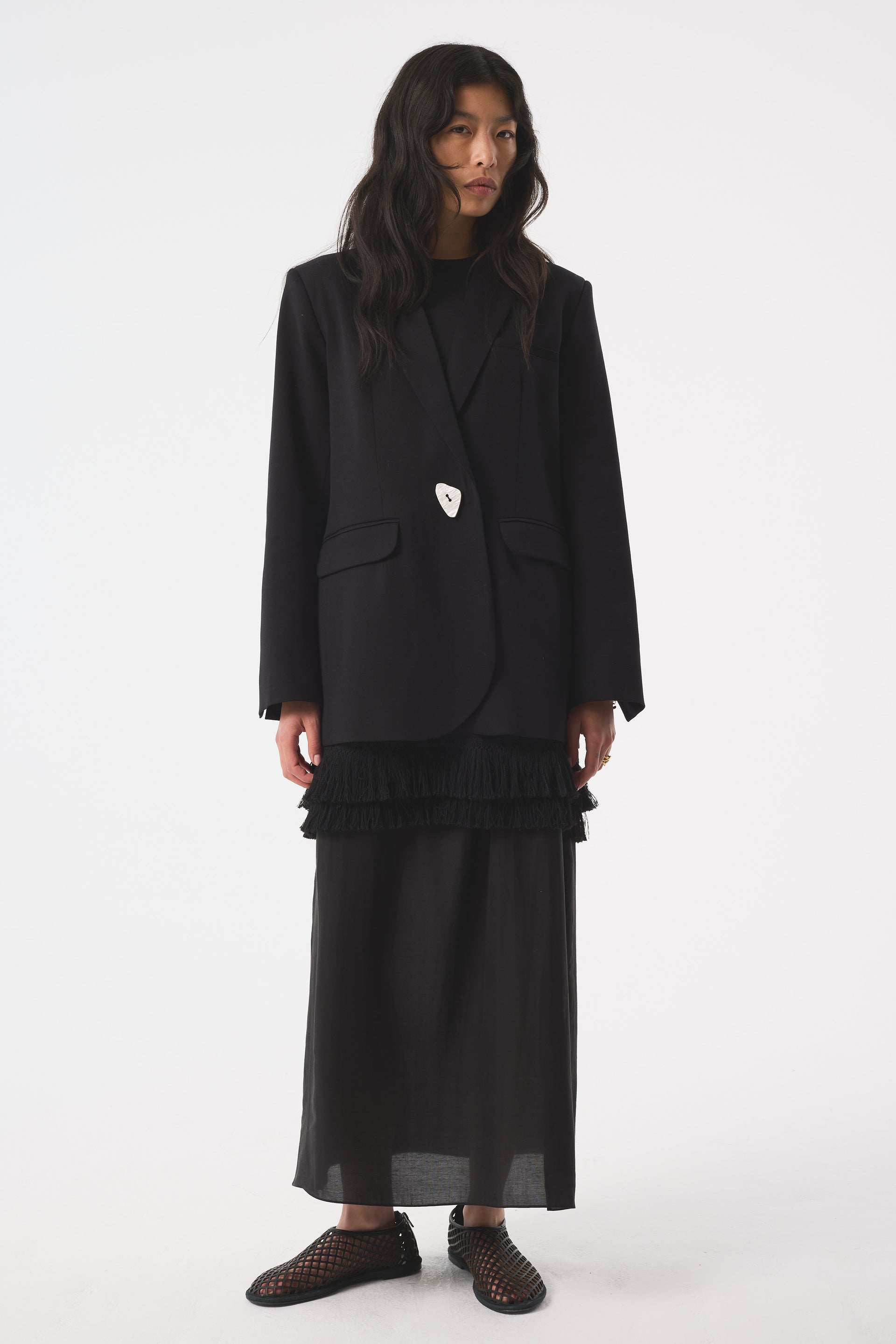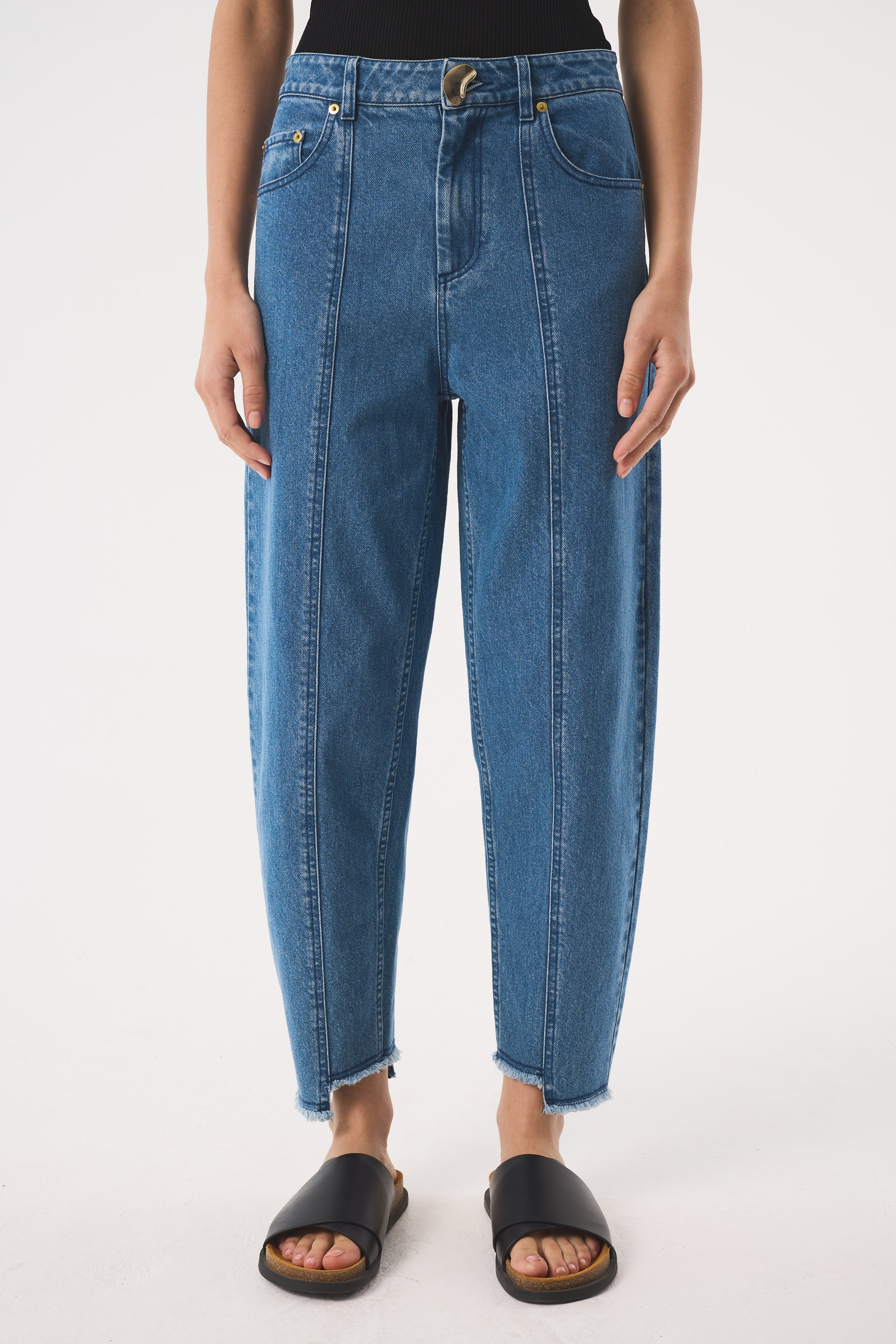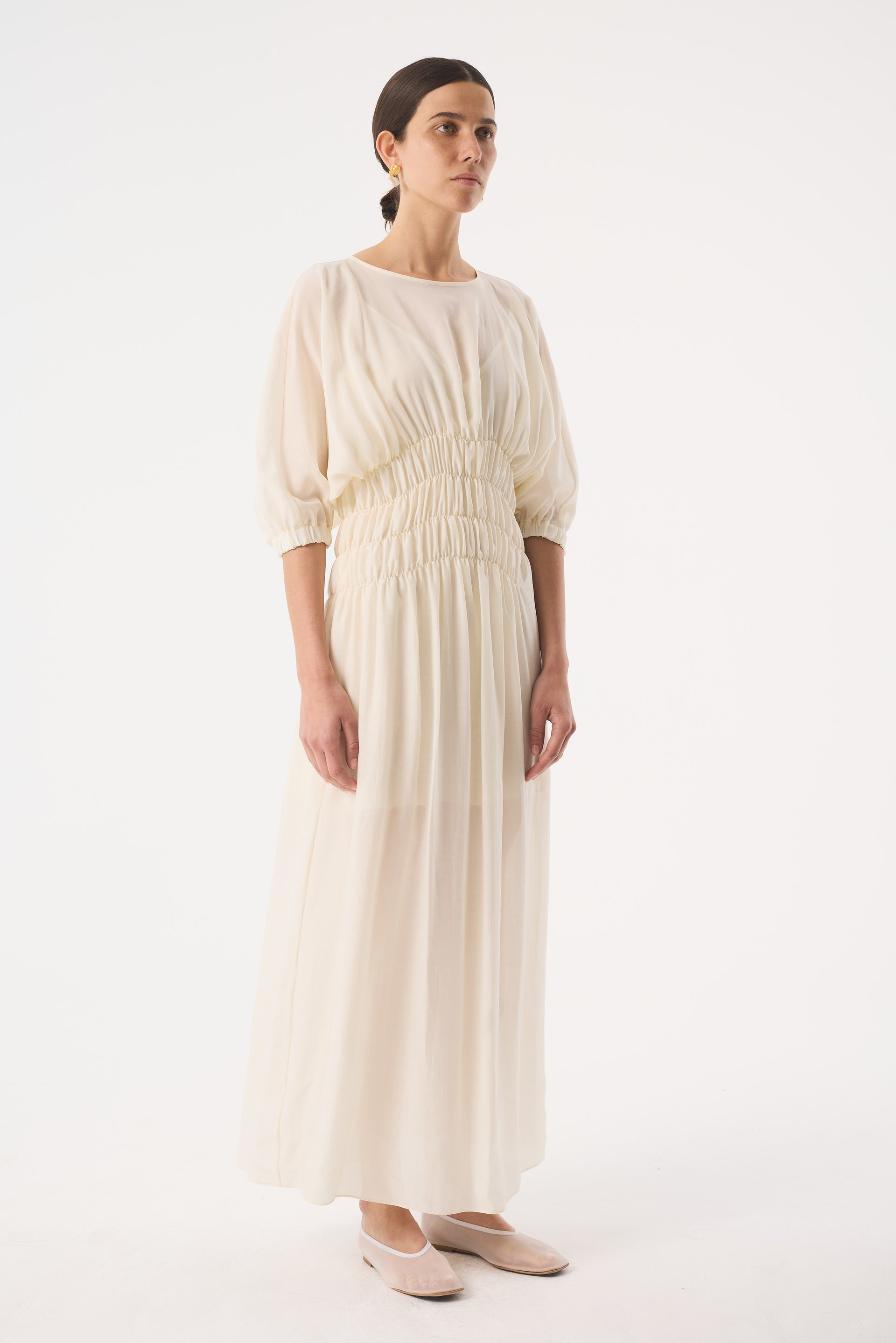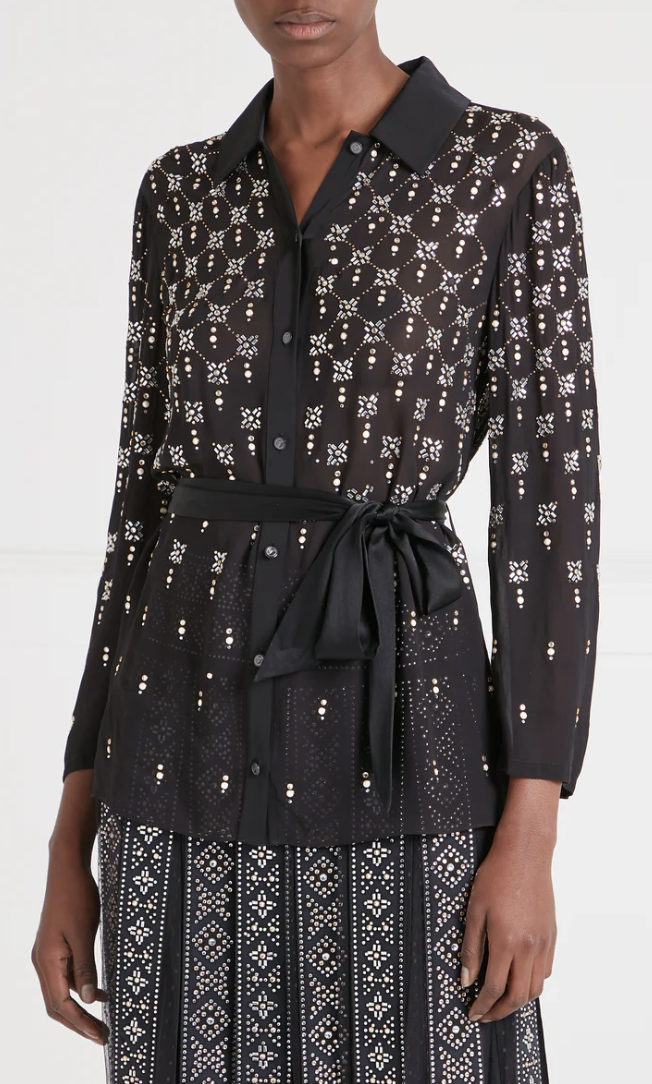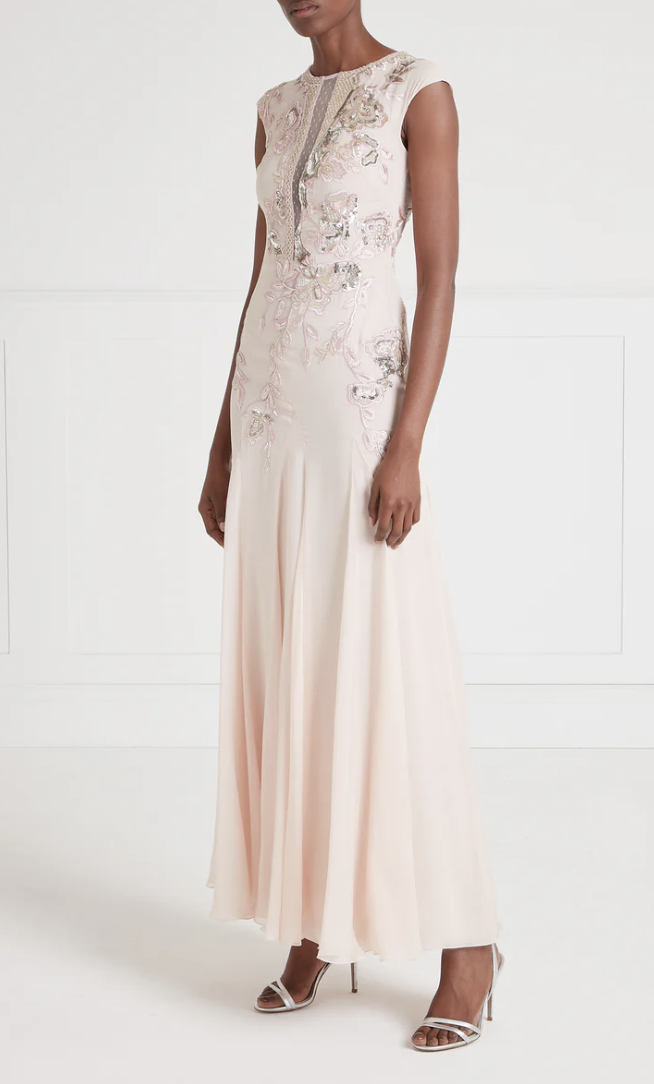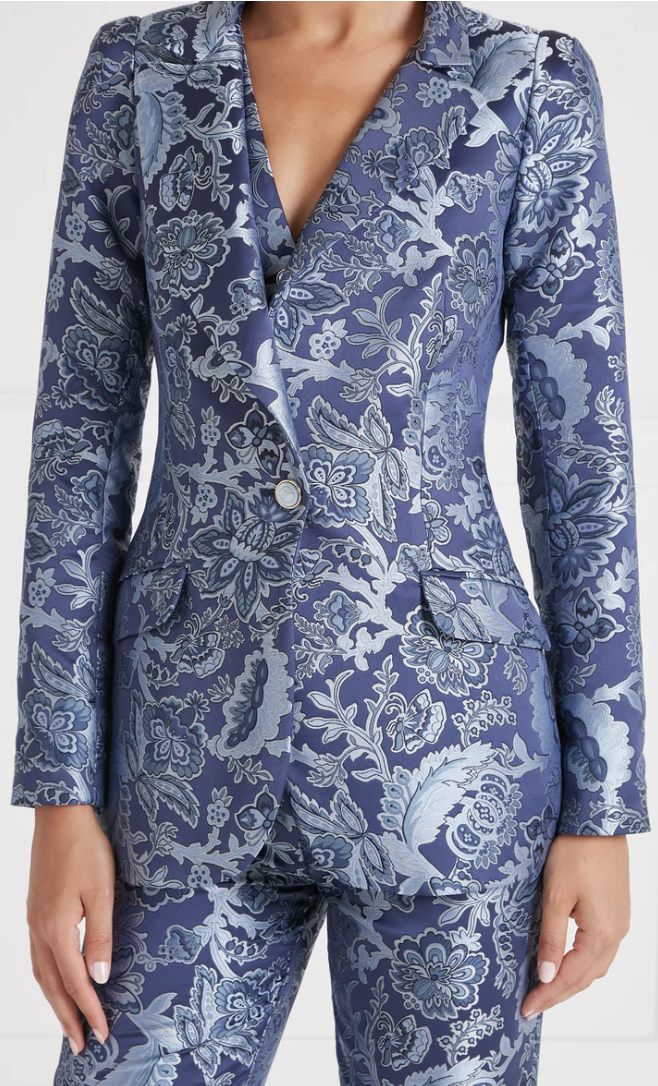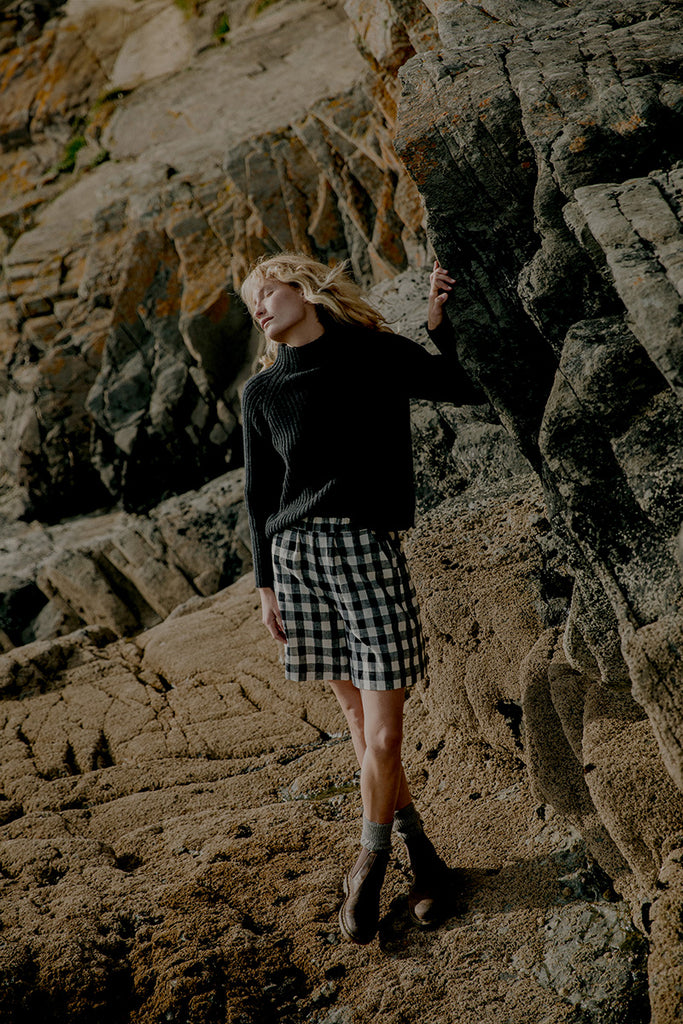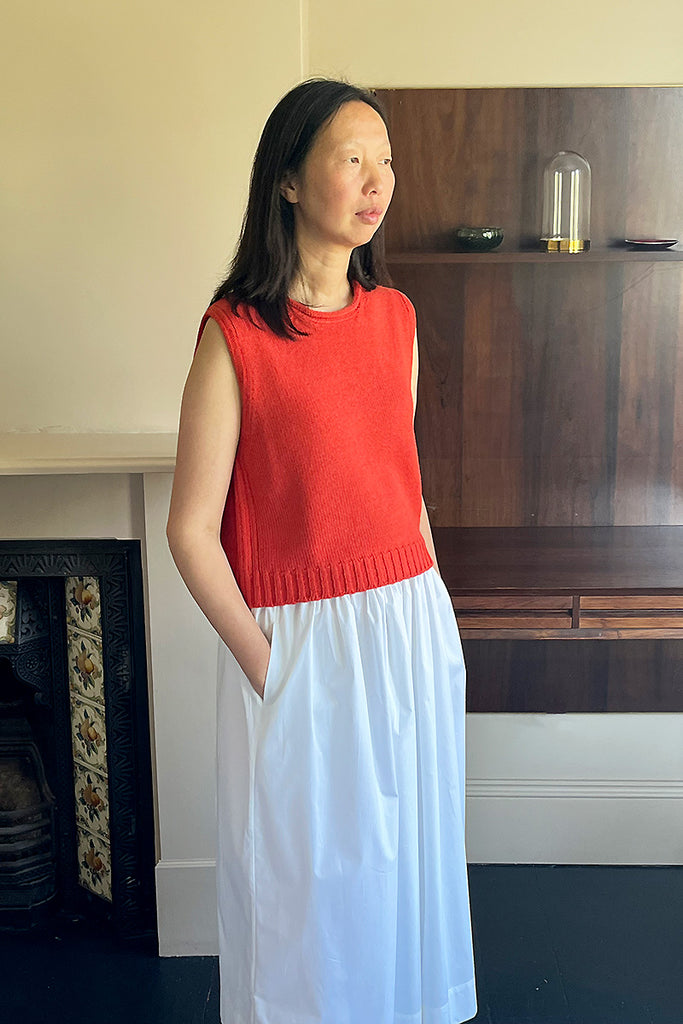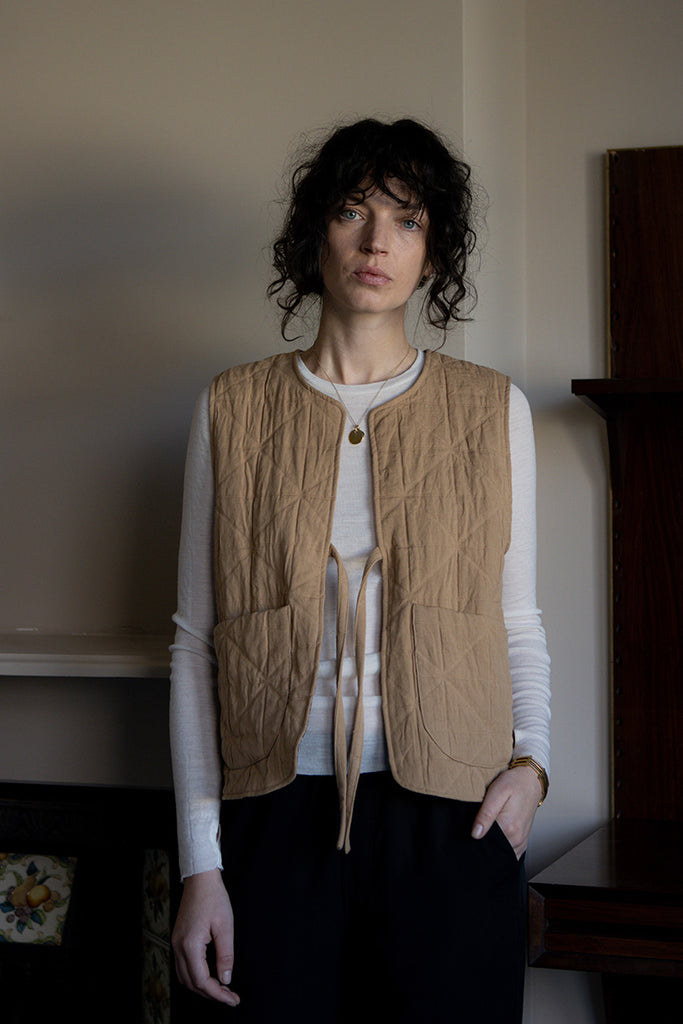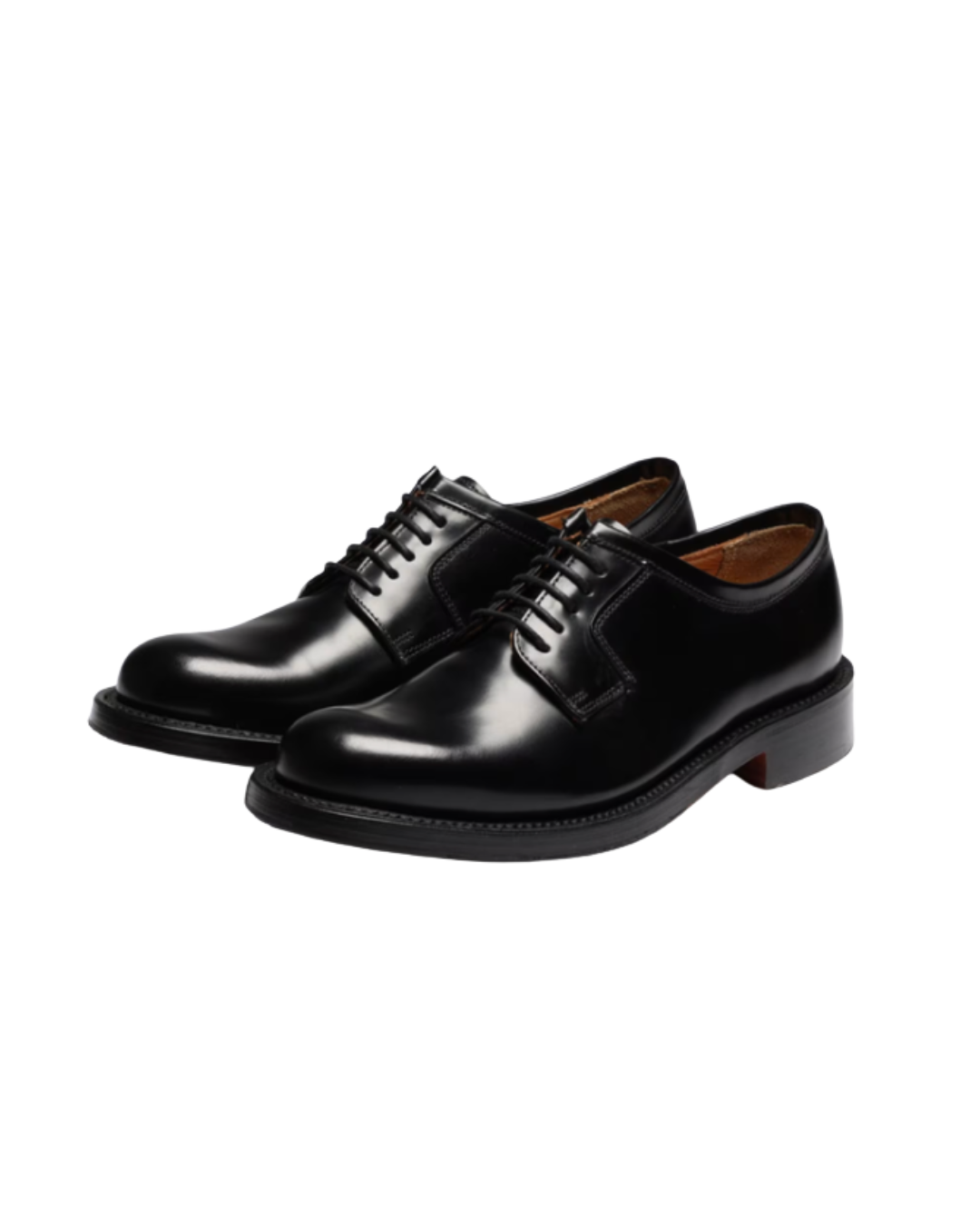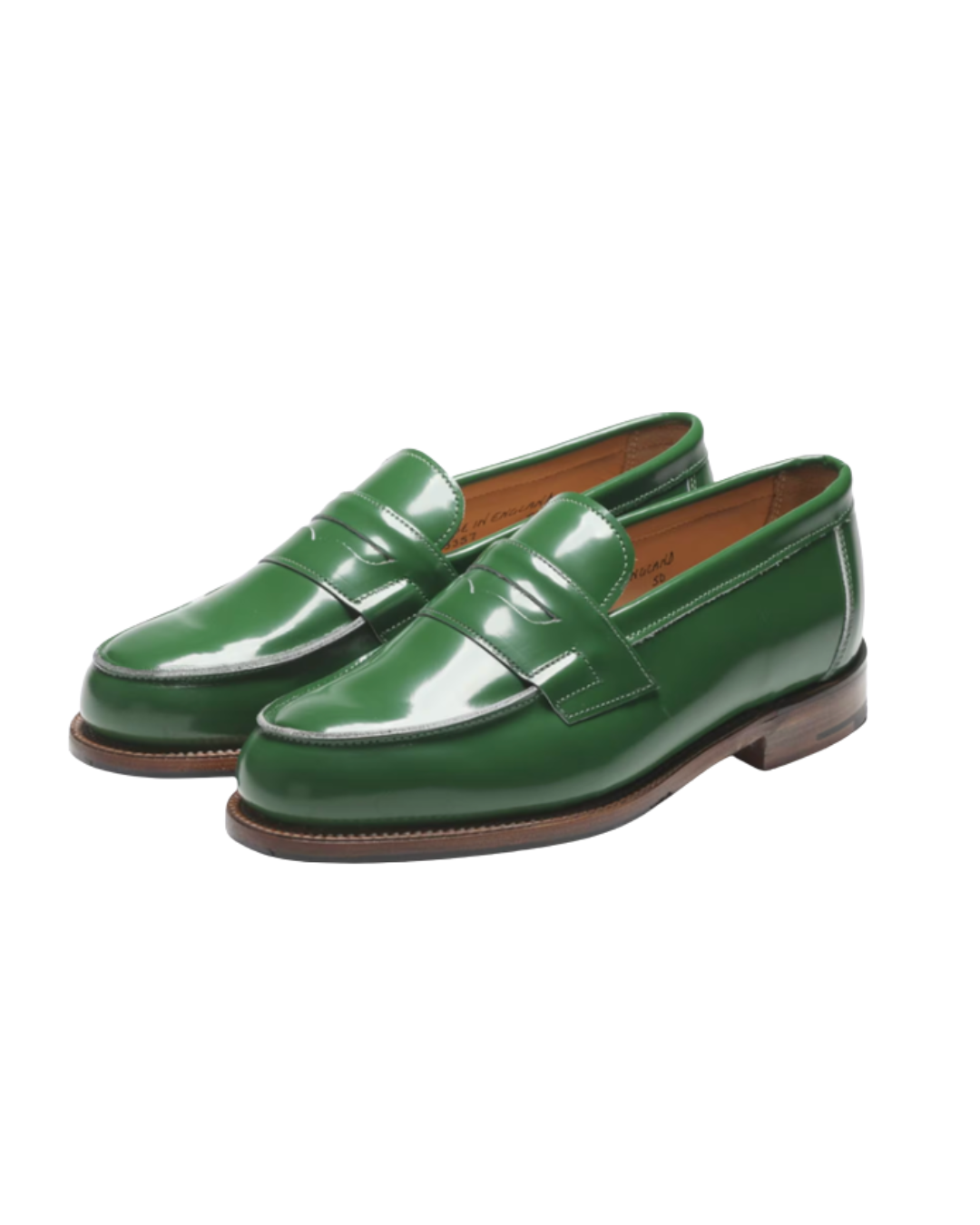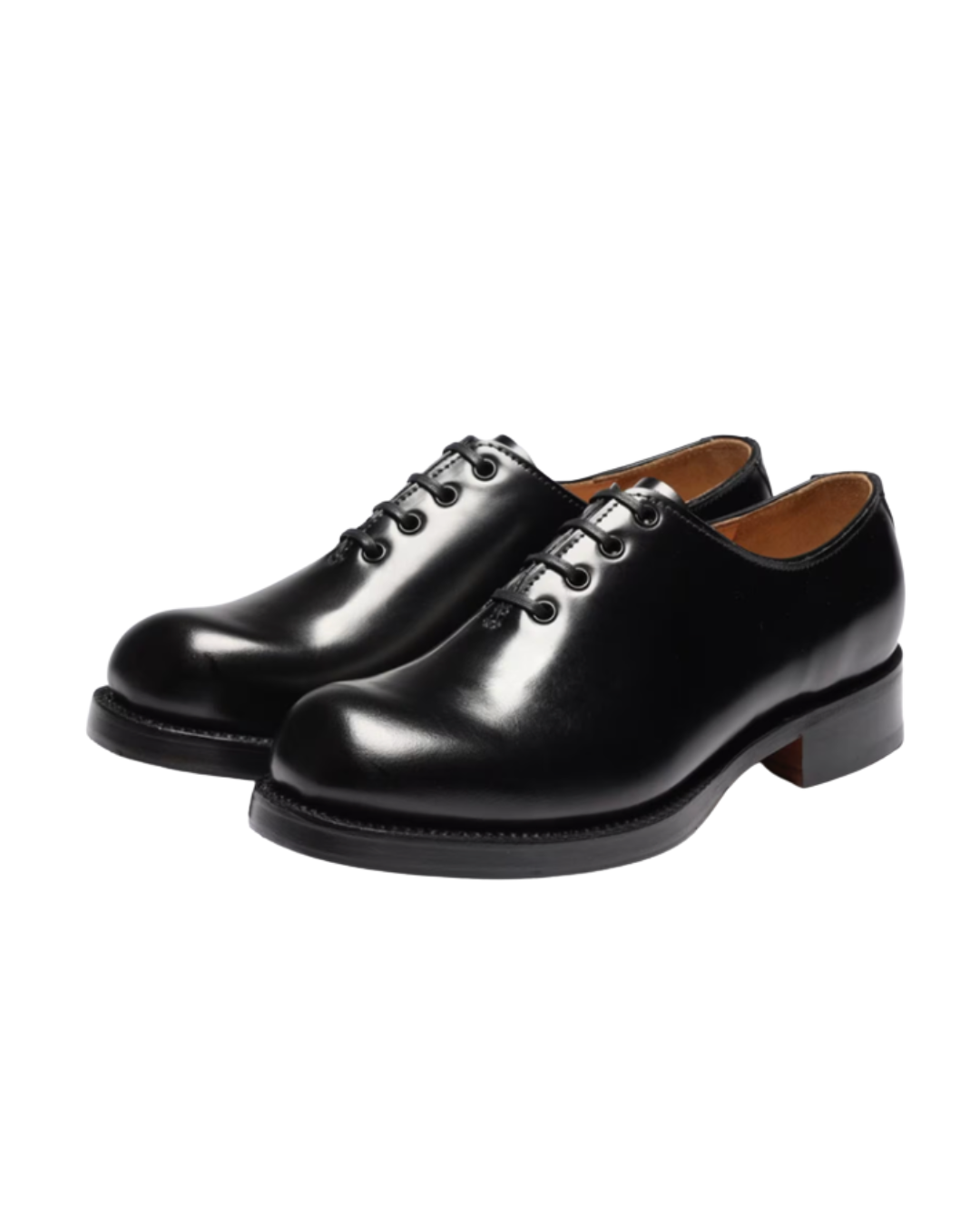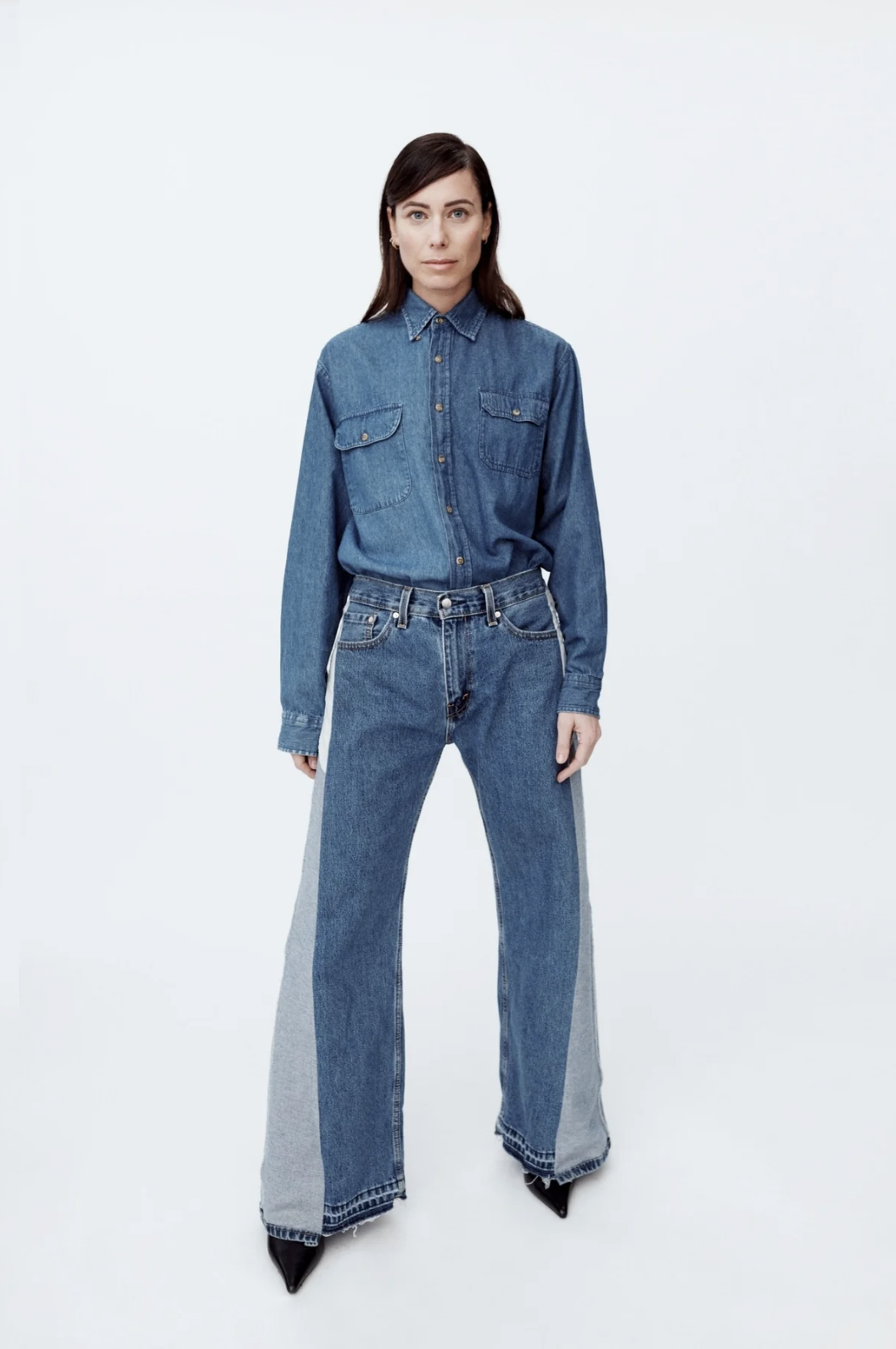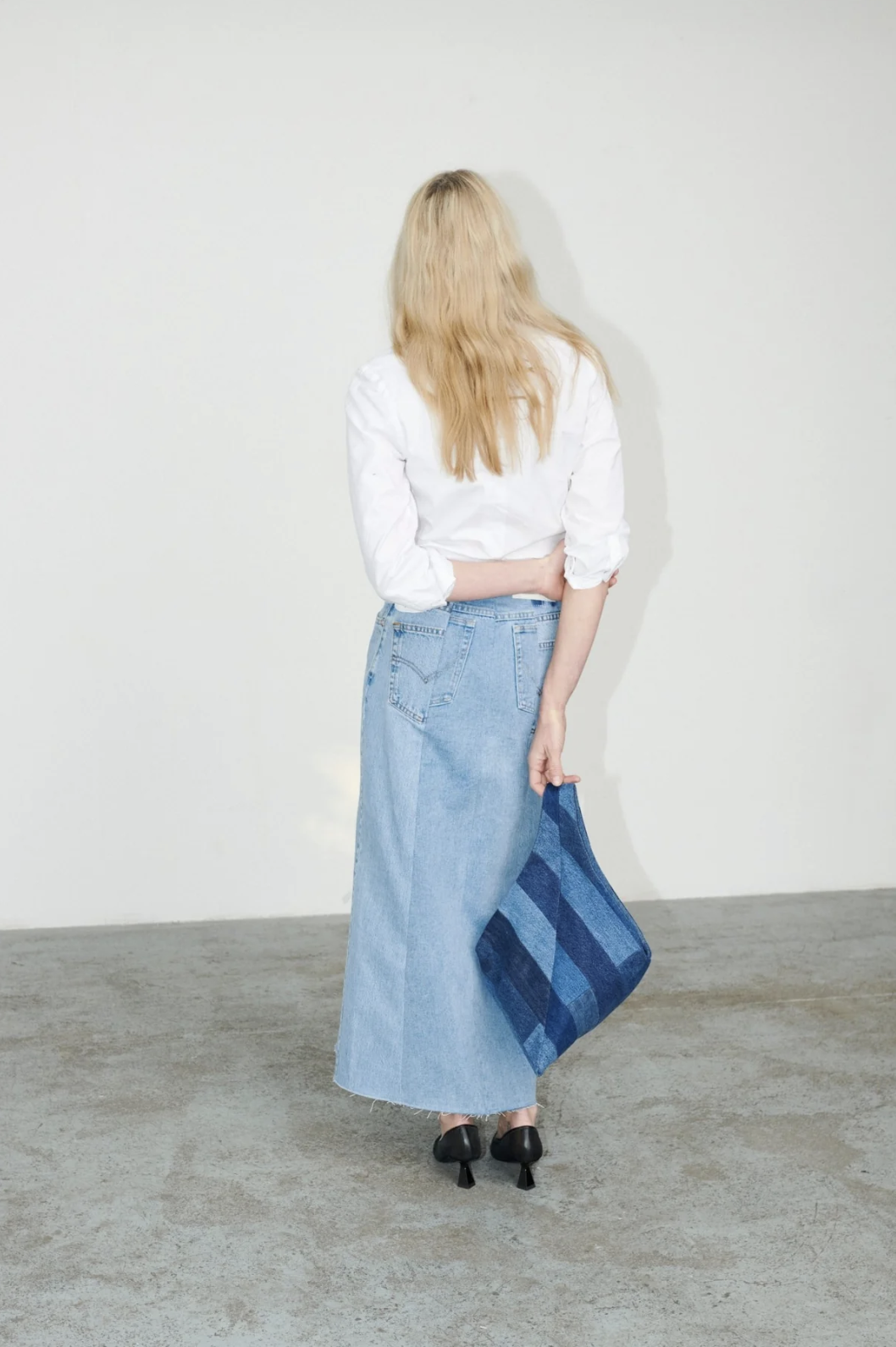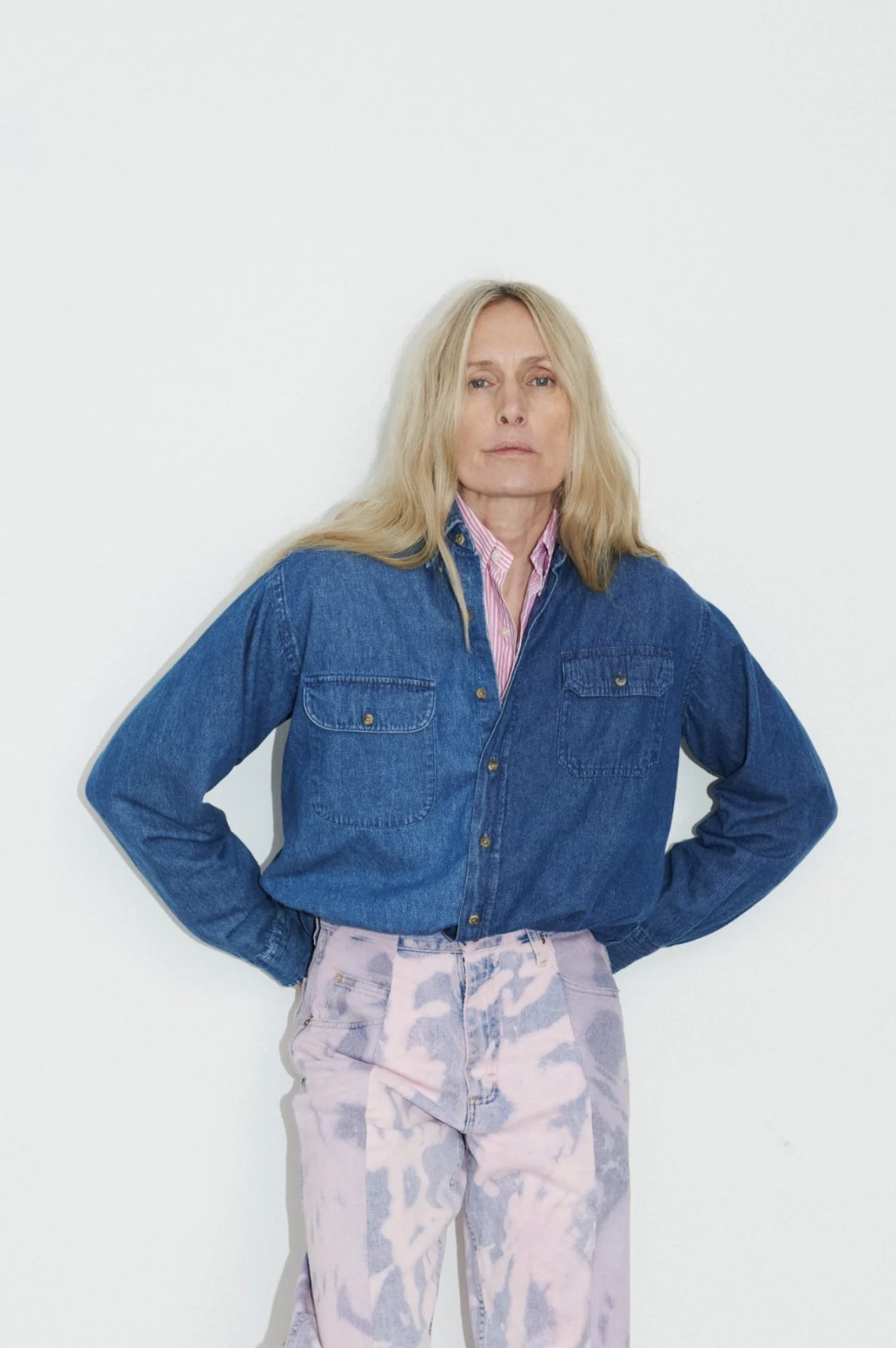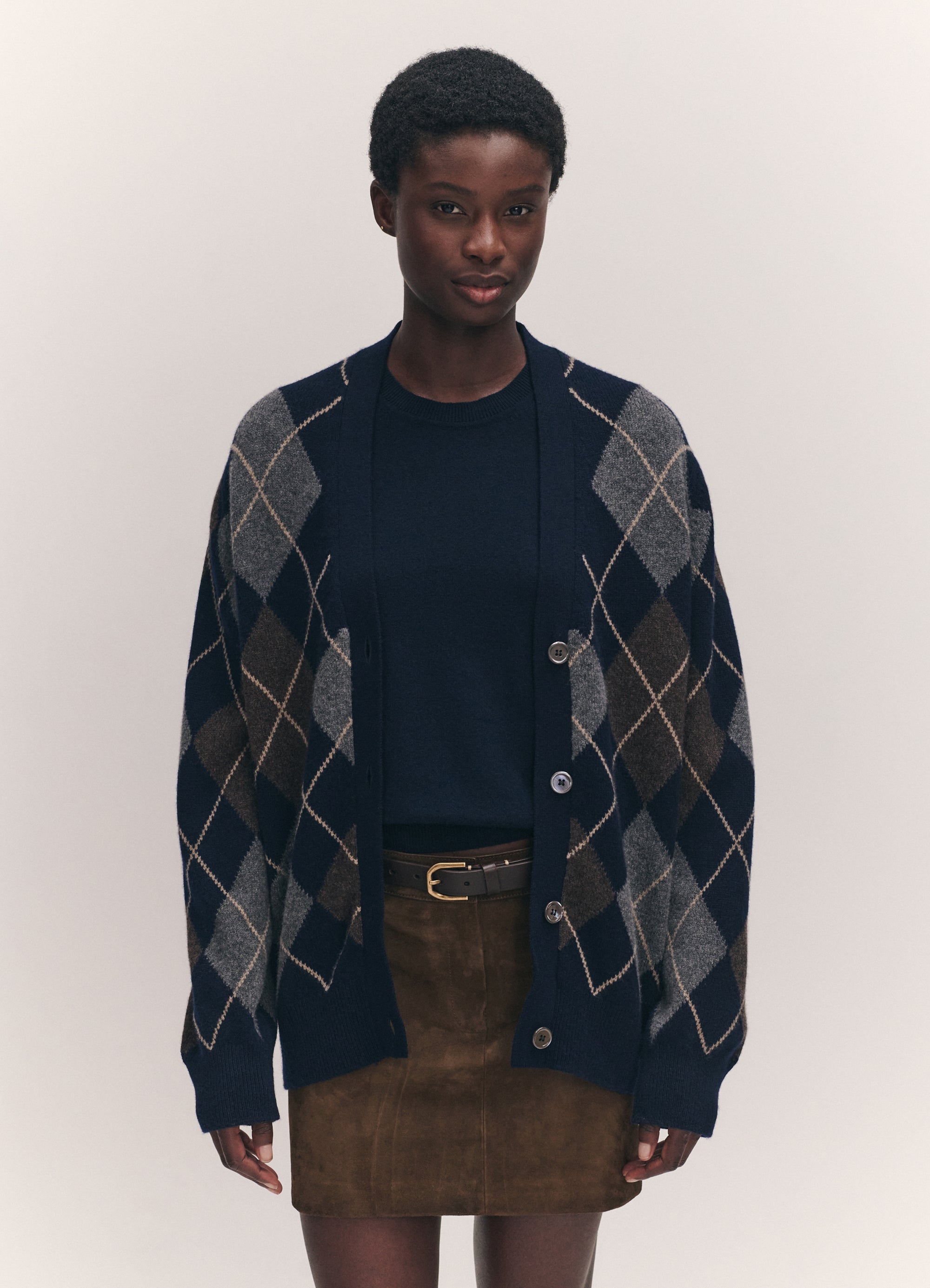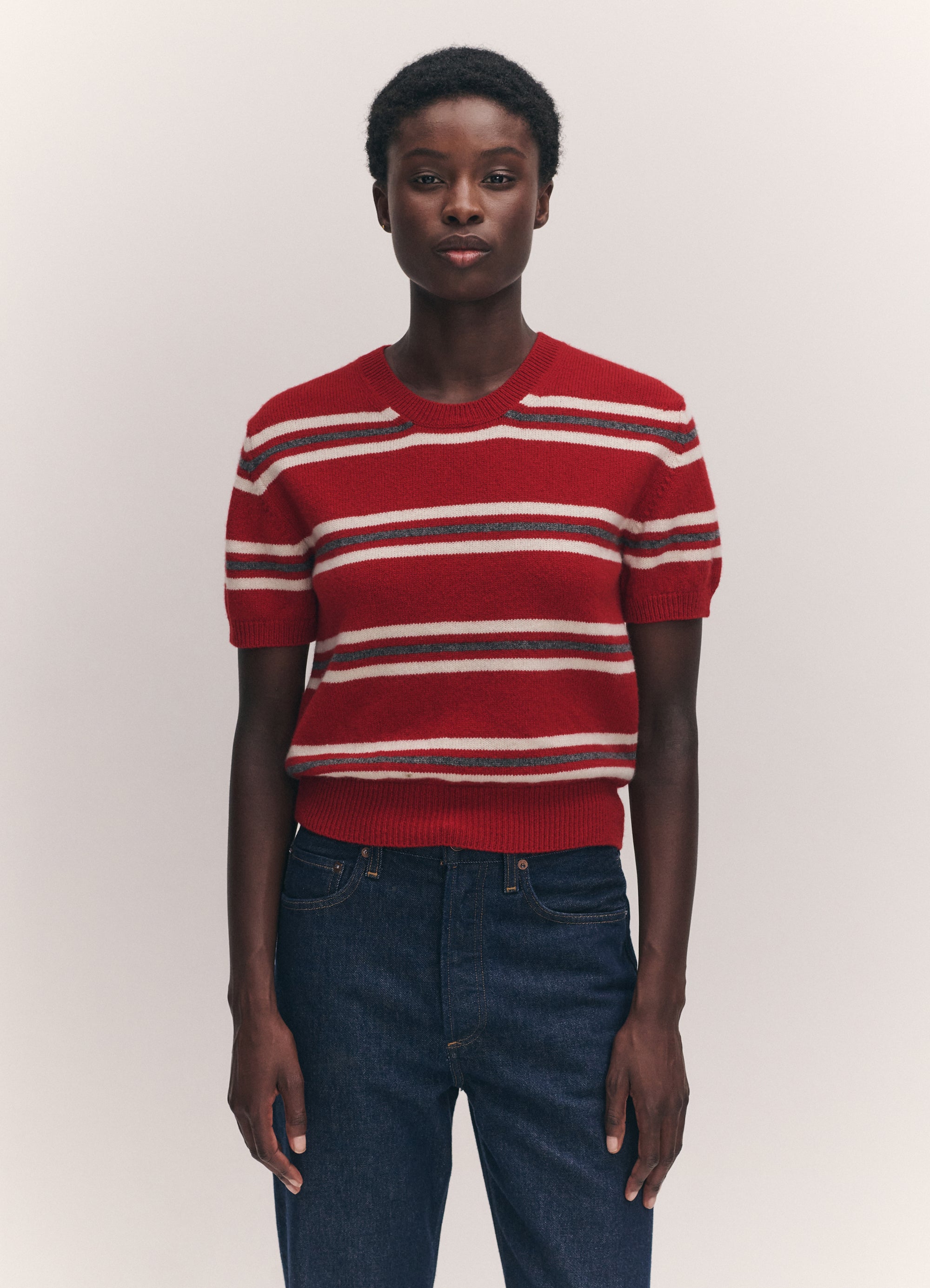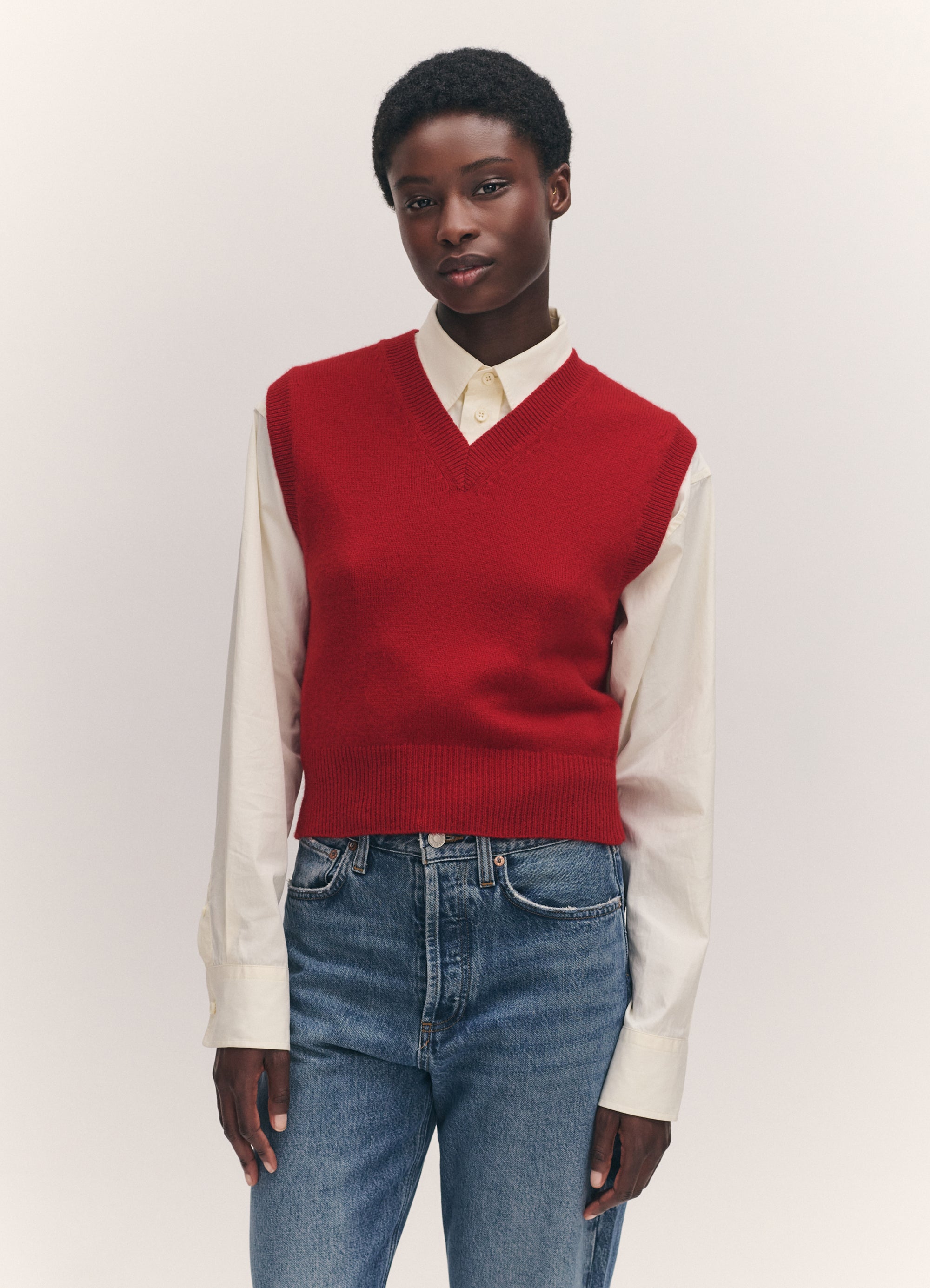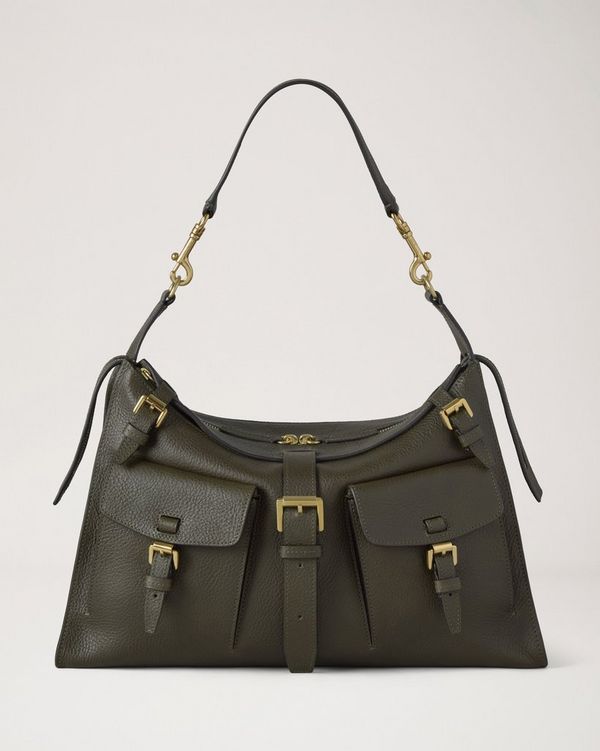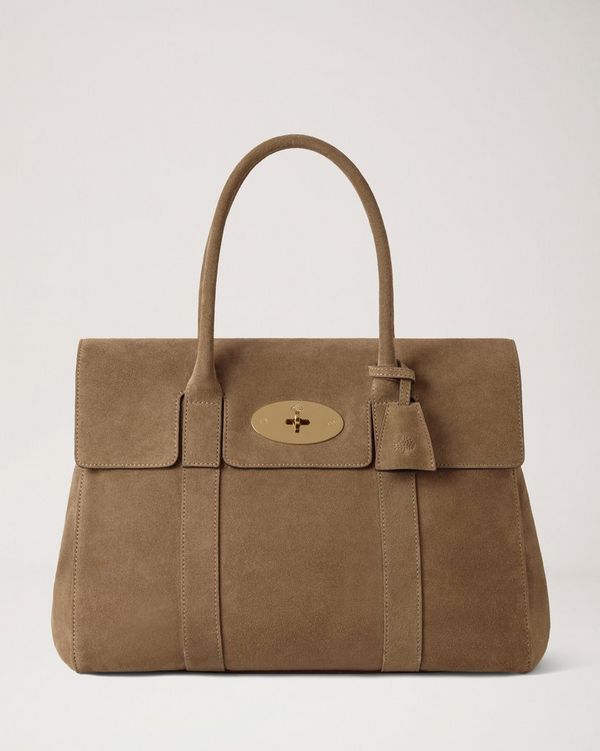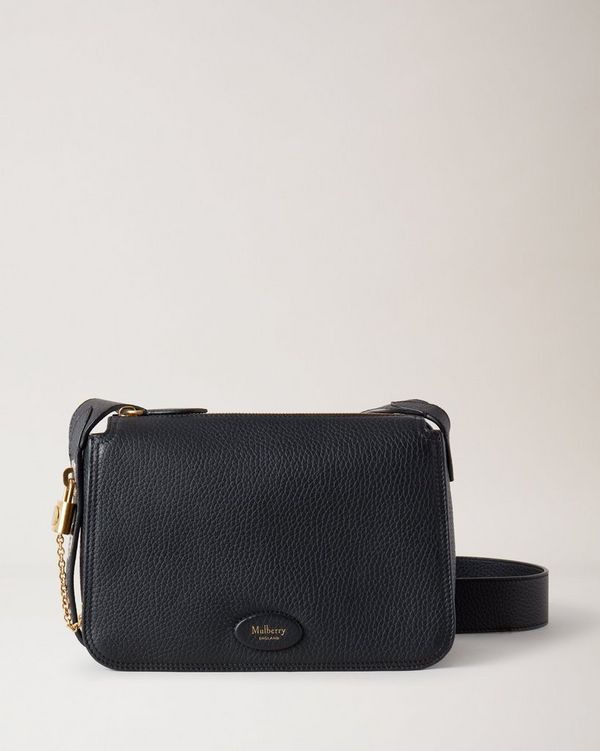‘Made In Britain’ Is Making A Comeback—Here Are The Labels Behind Its Revival
12 brands at the forefront of local production discuss sustainability’s challenges and triumphs
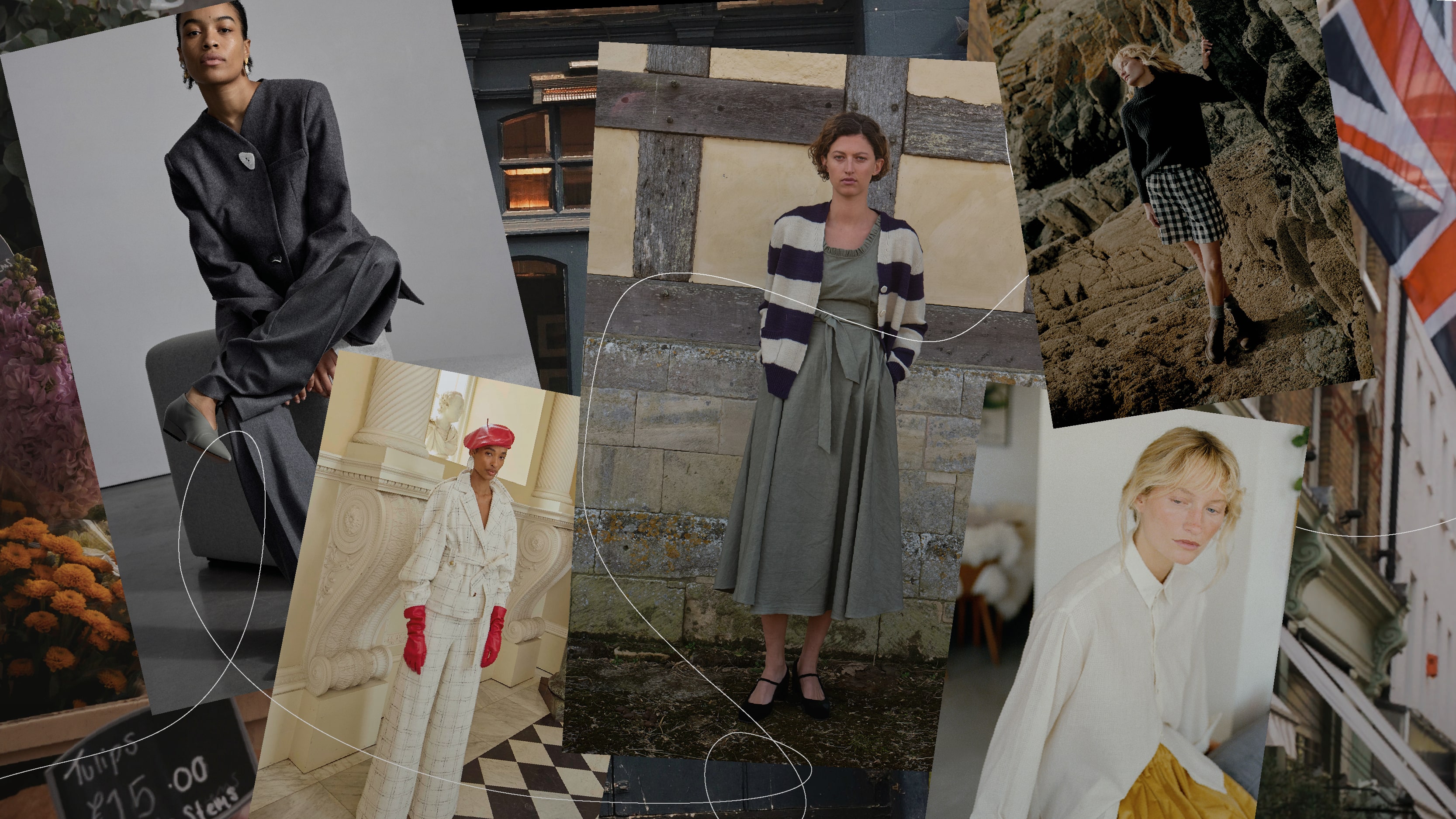

Fish and chips, scones and jam, a proper cup of tea: just a handful of things that are synonymous with the words ‘Made in the UK’. Fashion, though? Probably not—but that wasn’t always the case.
“Britain used to be a powerhouse in global fashion manufacturing,” says Alicia Taylor, founder of sustainable shopping platform Gather & See. Indeed, The London Museum reports that the capital had a thriving manufacturing economy throughout much of the 20th century, producing huge volumes of clothing, shoes and accessories. In the 1930s, 45 per cent of all garments made in the UK came directly from London, with the areas surrounding Soho dubbed the centre of ‘wholesale couture’. So, what changed?
“The rise of fast, disposable fashion made overseas caused the industry to decline rapidly,” explains Taylor. “It resulted in the closure of factories as brands opted for cheaper production elsewhere.” Add to that the decline of atelier training, the ease of global communication, and the destruction of many London-based factories during WWII, and it’s little surprise that the percentage of clothing imported from overseas jumped from 57 per cent in 1993 to 92 per cent by 2001. Today, that number is predicted to be even higher. But slowly, signs of a ‘Made in the UK’ fashion revival are emerging.
“Thankfully, consumers are becoming more aware of the negative impacts of fast fashion and are calling for more transparency and sustainably made products that last,” says Taylor. According to the UK Fashion & Textile Association, after many years of decline, the number of UK garment manufacturers rose by 13 per cent to 4,005 between 2010 and 2020.
“There are so many positives to manufacturing in Britain if you want to produce a more sustainable, quality product,” Taylor continues. “Carbon emissions and energy consumption are typically lower due to reduced transport; quality is second to none, and many manufacturers are specialists and masters of their craft.”
That’s not to say issues don’t remain, though. The Leicester sweatshop scandal continues to cast a shadow over the industry, but with greater awareness, lower tolerance and a more localised supply chain, unethical practices are much harder to hide.
Still, rebuilding a ‘Made in the UK’ clothing culture isn’t without its challenges. “Labour costs here are higher and that can be a hurdle for the consumer, especially when we're used to getting everything faster and cheaper—and particularly in a cost-of-living crisis,” says Amy Powney, founder of sustainable womenswear label Akyn. There’s also the reality that many skilled craftspeople and factories have been lost over time, and that the UK doesn’t grow certain natural fibres, such as cotton—though linen (produced from flax) is certainly gaining traction again.
As a result, most of the UK’s recent home-grown labels focus on producing garments themselves domestically, often sourcing deadstock fabric already available within the country (though originally made elsewhere) or, in rarer cases, working exclusively with British wool or linen.
To spotlight the labels championing this thoughtful way of working, we asked seven leading British brands what being a ‘Made in the UK’ fashion business means today.
Laura Pitharas
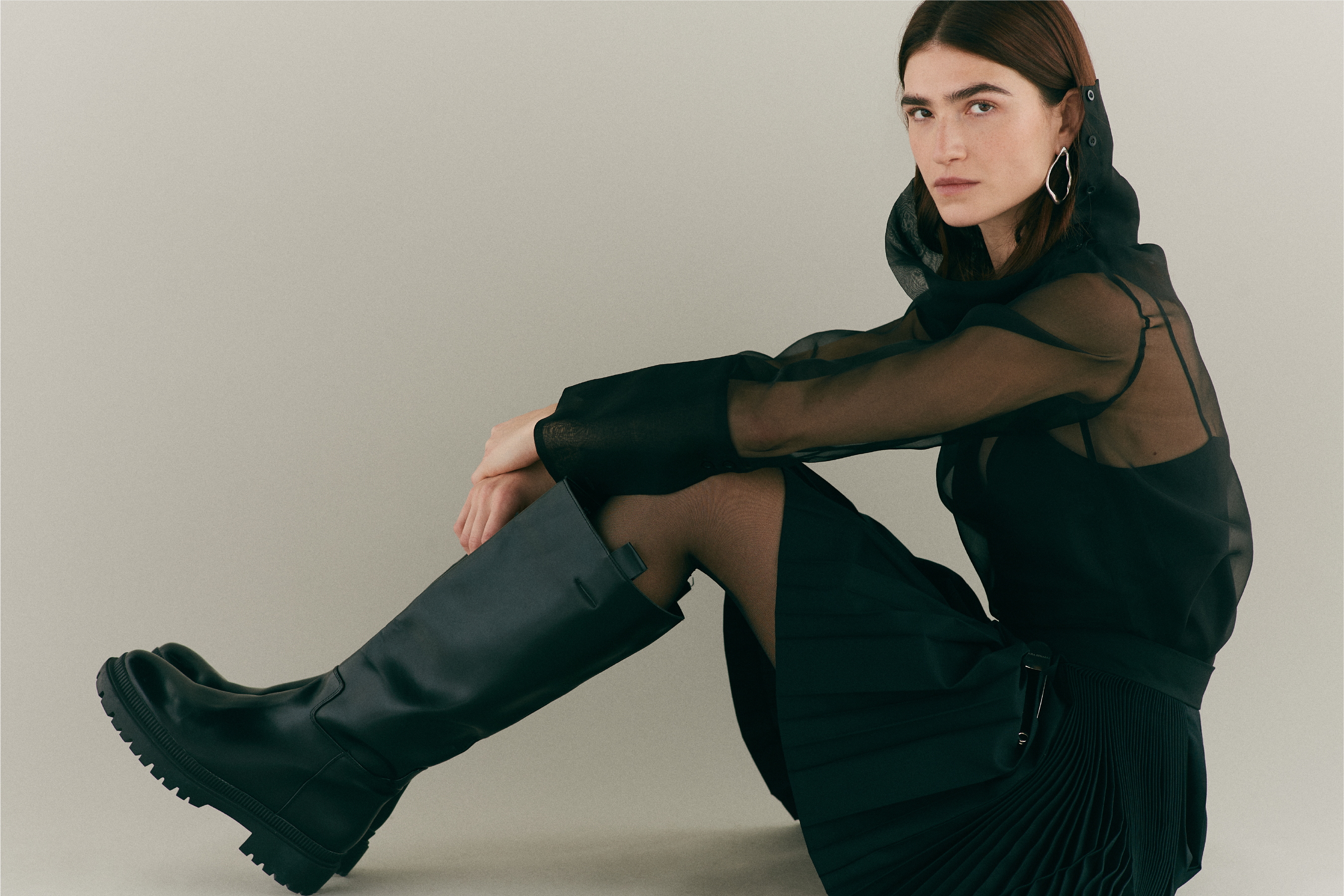
Laura Pitharas’s supply chain reads like a guidebook to England. Her tailoring cloth is woven in Leeds by family-run mill Alfred Brown; thicker coat wool comes from Dugdale Bros & Co in Huddersfield; and pleated kilts are crafted by one of the last remaining hand-pleaters in London, Kyri Hadjikyriacou of Rosamanda Pleaters—whose client list includes the likes of Alexander McQueen and Christopher Kane. It’s nothing short of a love letter to the UK.
“From the initial brand vision, I had a strong desire to create as much as possible within the UK, so I could work closely with—and build strong, lasting relationships within—the British fashion industry,” says founder Pitharas. “The goal was to collaborate, learn and work alongside these incredible artisans,” she adds.
Liberowe
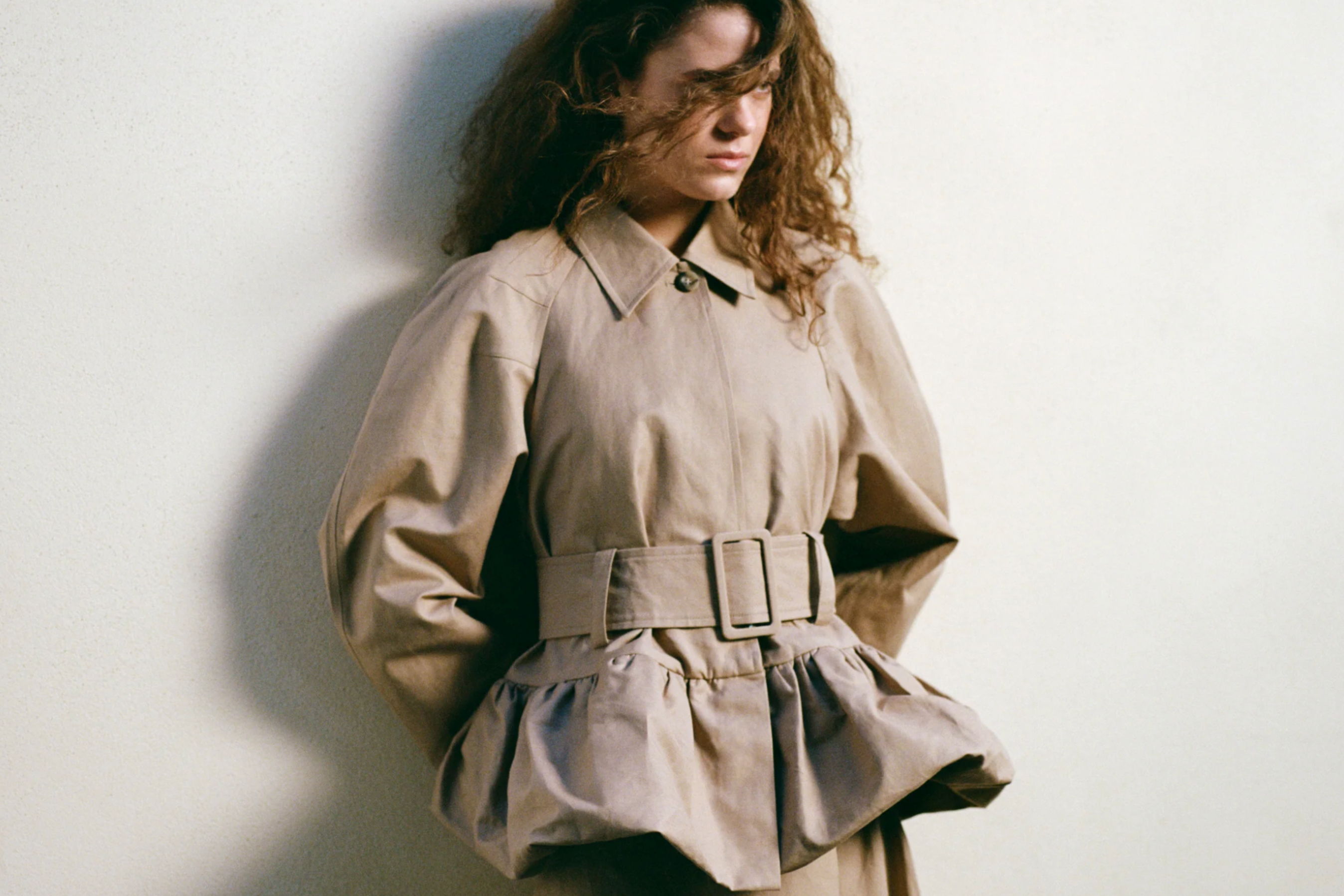
Few brands do elevated basics as well as Liberowe. But while the inspiration comes from traditional Indian tailoring and 1970s Parisian style, the majority of the collection is created in London, within the heart of the Liberowe studio.
Expect traditional tailoring in opulent fabrics and the knowledge that deadstock materials always come first.
Le Kilt

Avid fashion fans may remember Le Kilt from Dior’s dynamic Cruise show in Scotland (yes, the one staged outside a castle)—a fitting spotlight for the Scottish-based label.
Founded in 2014, Le Kilt built its reputation on reimagining the traditional kilt but has since expanded into knitwear, all with the same ethos: timeless pieces designed to be worn and treasured for generations. The brand is firmly committed to natural materials and works exclusively with small-scale manufacturers across Scotland and the wider UK, ensuring every garment is rooted in craftsmanship and conscious production. Chic.
Herd
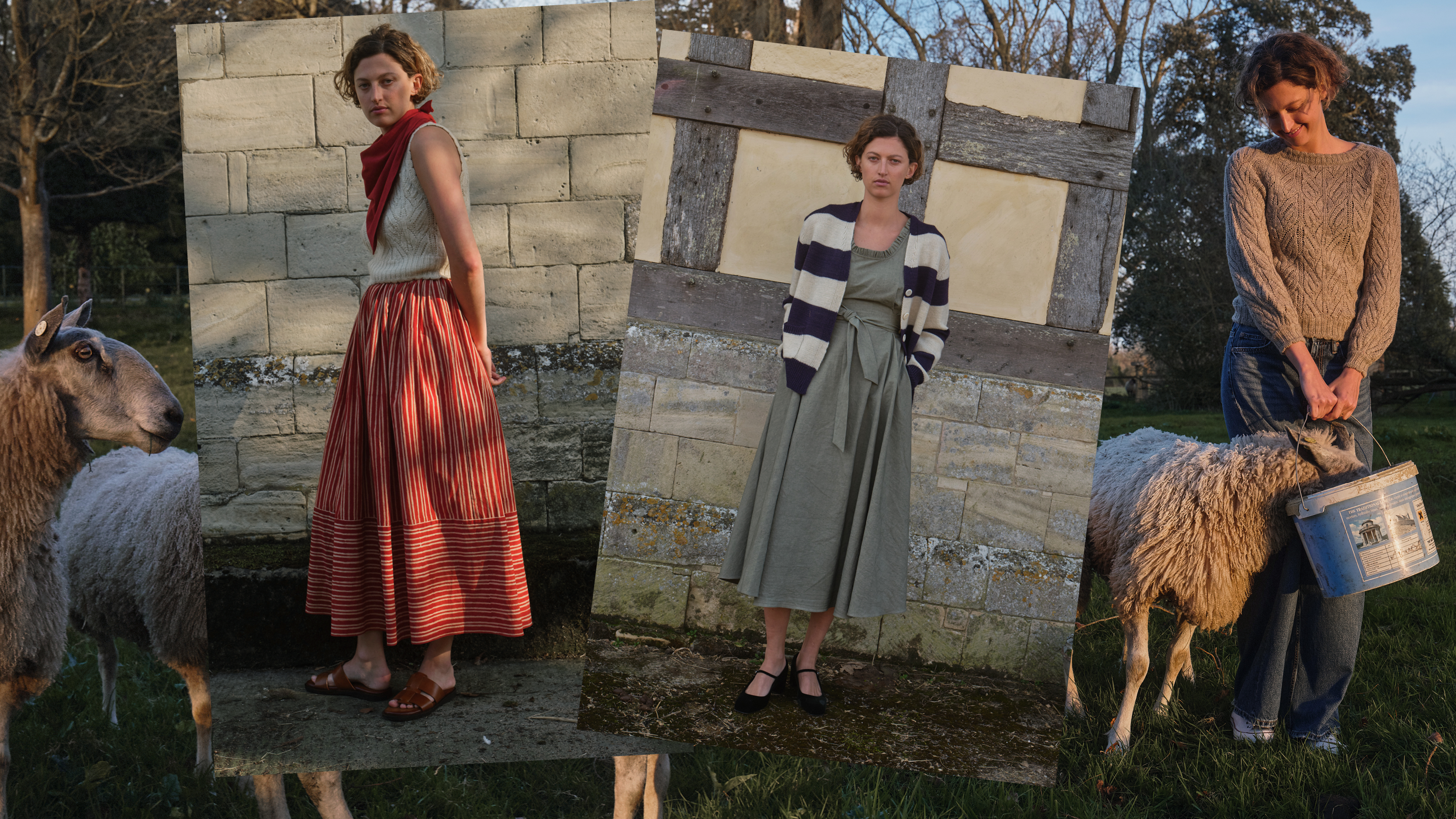
Mention ‘Made in the UK’ fashion brands to any industry insider and they’re almost guaranteed to steer the conversation to Herd. Specialising in knitwear crafted from Bluefaced Leicester wool sourced directly from British farmers in the north of England, every and every Herd piece is produced within a supply chain spanning a 150-mile radius—an impressive feat for any label.
“‘Made in Britain’ is a by-line for quality, supporting multi-generational craft, keeping rural economies and manufacturing centres thriving, and [ensuring] ethical working practices,” says founder Ruth Alice Rands. “We work directly and closely with all our small-scale suppliers and factories, and tell their stories through our website and marketing to share how our pieces are made,” she adds, noting that each collection is named after the town where the sheep are located.
As for British wool, Rands believes the future is promising. “There is an opportunity for Britain to lead again globally in wool production, which we have the facilities, skills and field-to-fibre supply chain to support. This is a sustainable, biodegradable, luxurious fibre with many uses—the potential for which hasn’t nearly been realised,” she shares, adding: “There is also British craft heritage in leather—both materials are cornerstones for high-end fashion manufacturing, from clothing to accessories.”
Akyn
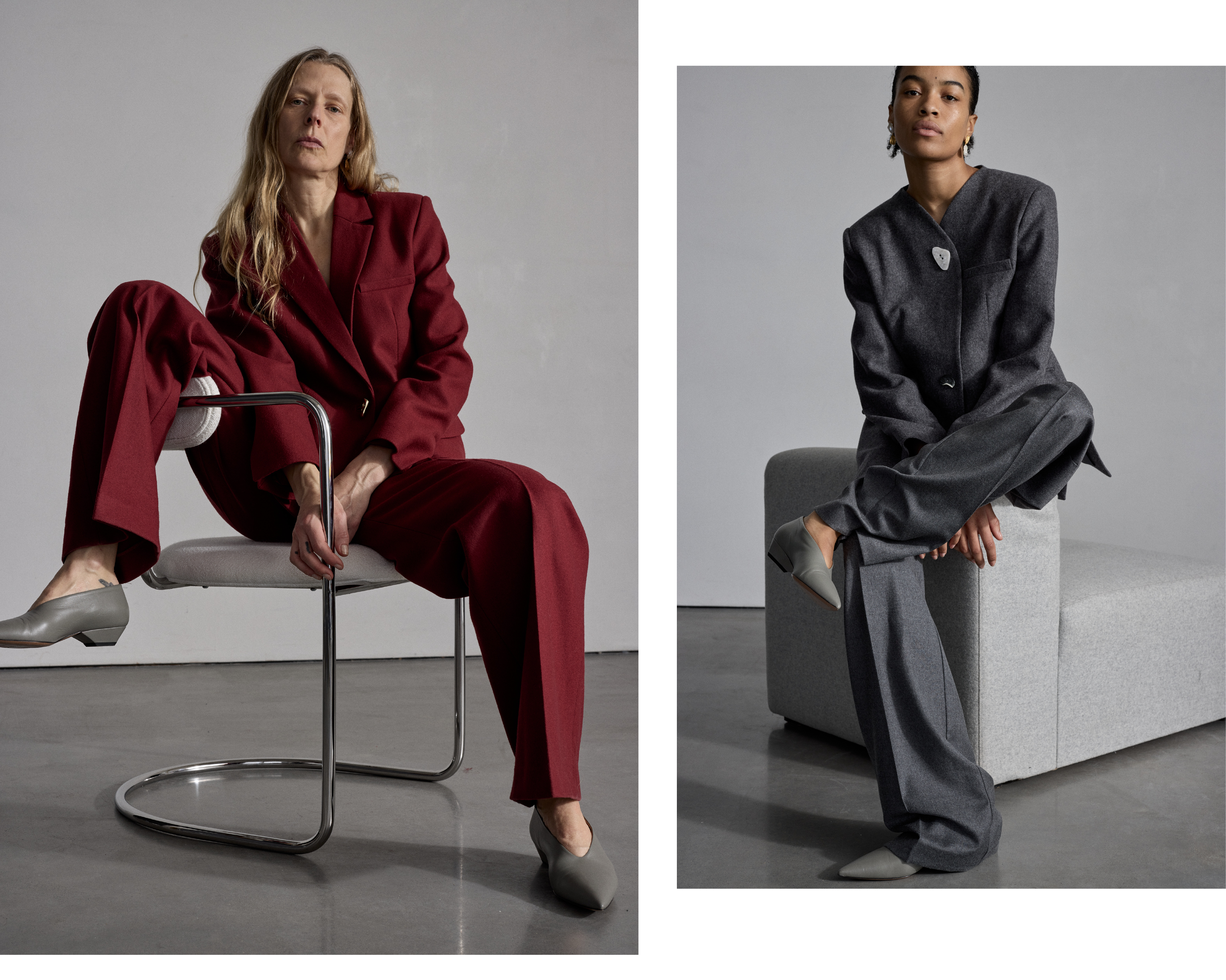
"With the loss of our manufacturing industries, we’ve also lost sight of the true value of craftsmanship—and that’s something I’m trying to revive and showcase through Akyn,” says Amy Powney, founder and creative director of the label and a long-standing voice in sustainable fashion.
"We produce small runs in our London-based atelier—typically reorders or pieces where we have slightly smaller production runs,” she adds, highlighting the limited availability of natural fabrics and skilled craftspeople as two key challenges. “Our atelier accounts for around 5 per cent of our production, as our in-house focus is mostly on the creative design process and prototyping. But we’re inviting the consumer behind the scenes into our atelier to show the level of care and detail that goes into creating each piece.”
Temperley London
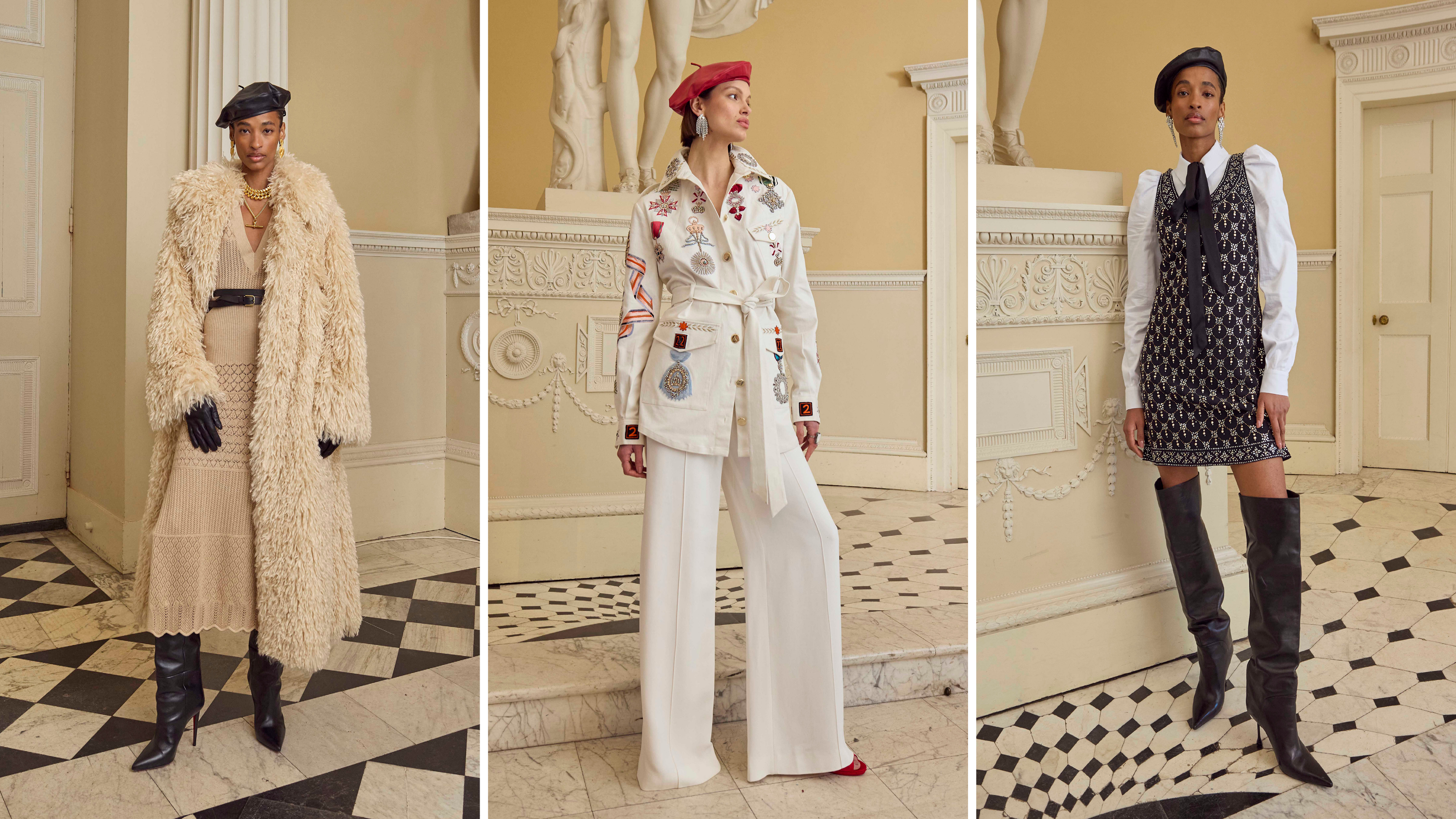
“For Temperley London, ‘Made in Britain’ is not just a label—it’s a statement of integrity, craft and heritage,” says founder and creative director Alice Temperley MBE. “It represents a commitment to quality, storytelling and community. It’s about celebrating British artistry and supporting the local economy, while preserving age-old techniques and skills that are disappearing in today’s globalised fashion landscape.”
In 2021, the brand moved into its Somerset headquarters, bringing its atelier, training studio, bridal flagship and store all under one roof, with the aim of making as many pieces in-house and with British manufacturers as possible.
But, “there are definitely challenges,” admits Temperley. “Producing in Britain means higher labour and manufacturing costs, especially when compared to offshore mass production. And sourcing local materials can also be more expensive, and sometimes limited in range or scale.” Still, she stands firmly behind the decision. “Our customers appreciate knowing where their clothes come from—and the price reflects the story and skill behind each piece.”
Elwin
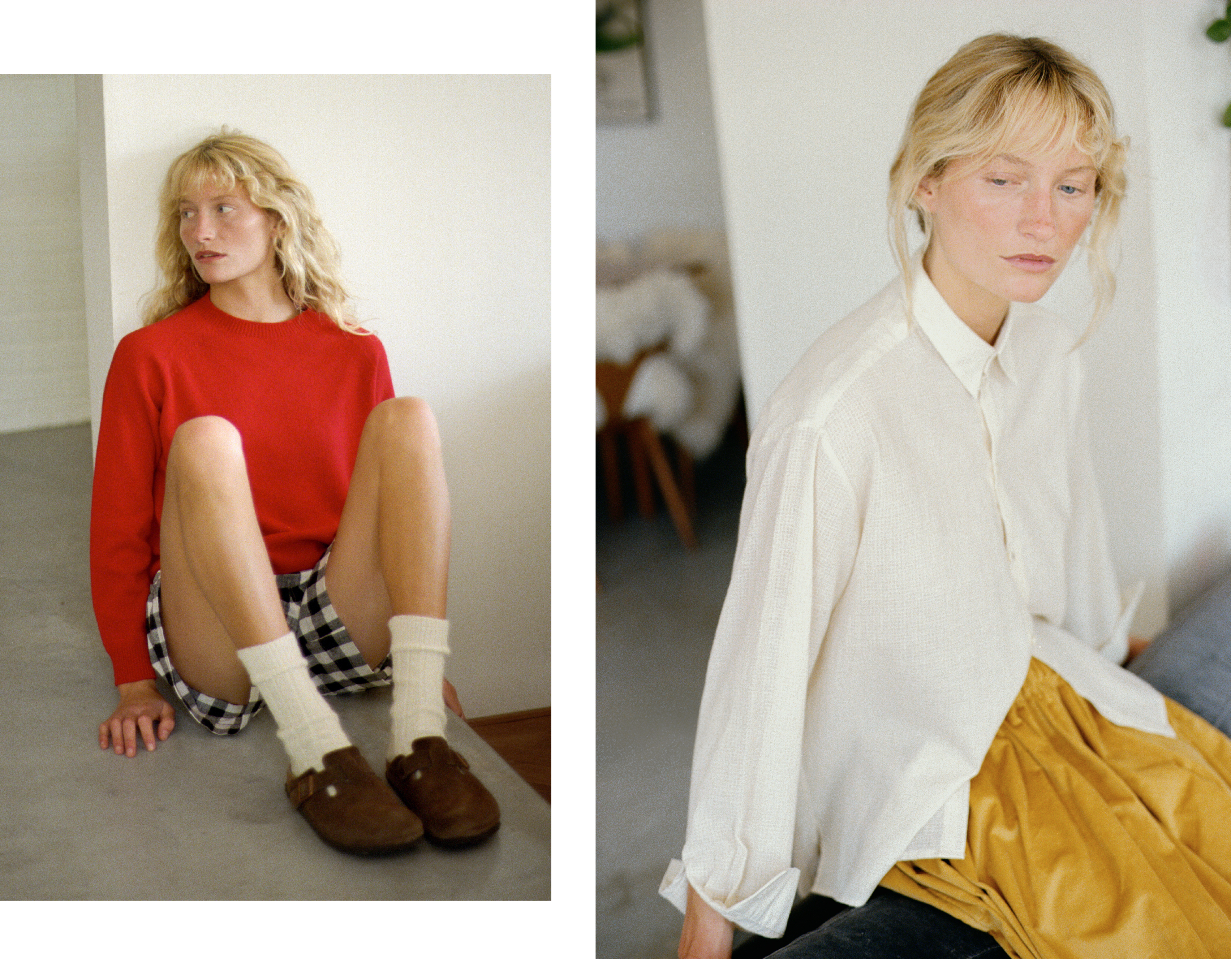
Taking the idea of locally made one step further, much of Elwin’s collection is produced within just five miles of its east London studio—socks, scarves, sweaters, you name it. “We make as much as we can on our doorstep so that our work supports the local community,” says founder and creative director Deanne Wallace, a Central Saint Martins graduate who has made ‘Made in the UK’ a core part of the brand’s ethos. But it’s not just a values-led choice, she insists: it also makes good business sense.
“Working with British factories across the UK enables us to be more hands-on with development; to know the people who make our clothes, and to see first-hand that everyone in the supply chain is fairly treated and well paid. We couldn’t do what we do without their support, knowledge and expertise,” she adds. It also eliminates the need to ship materials and products across the world—especially as Elwin sources surplus fabrics from the luxury fashion industry, repurposing waste instead of creating virgin materials—and leads to faster development, with fittings and meetings taking place face to face.
The biggest challenge, however, remains finding the right manufacturers. Let’s hope provenance, not price, wins out in the end.
Grenson
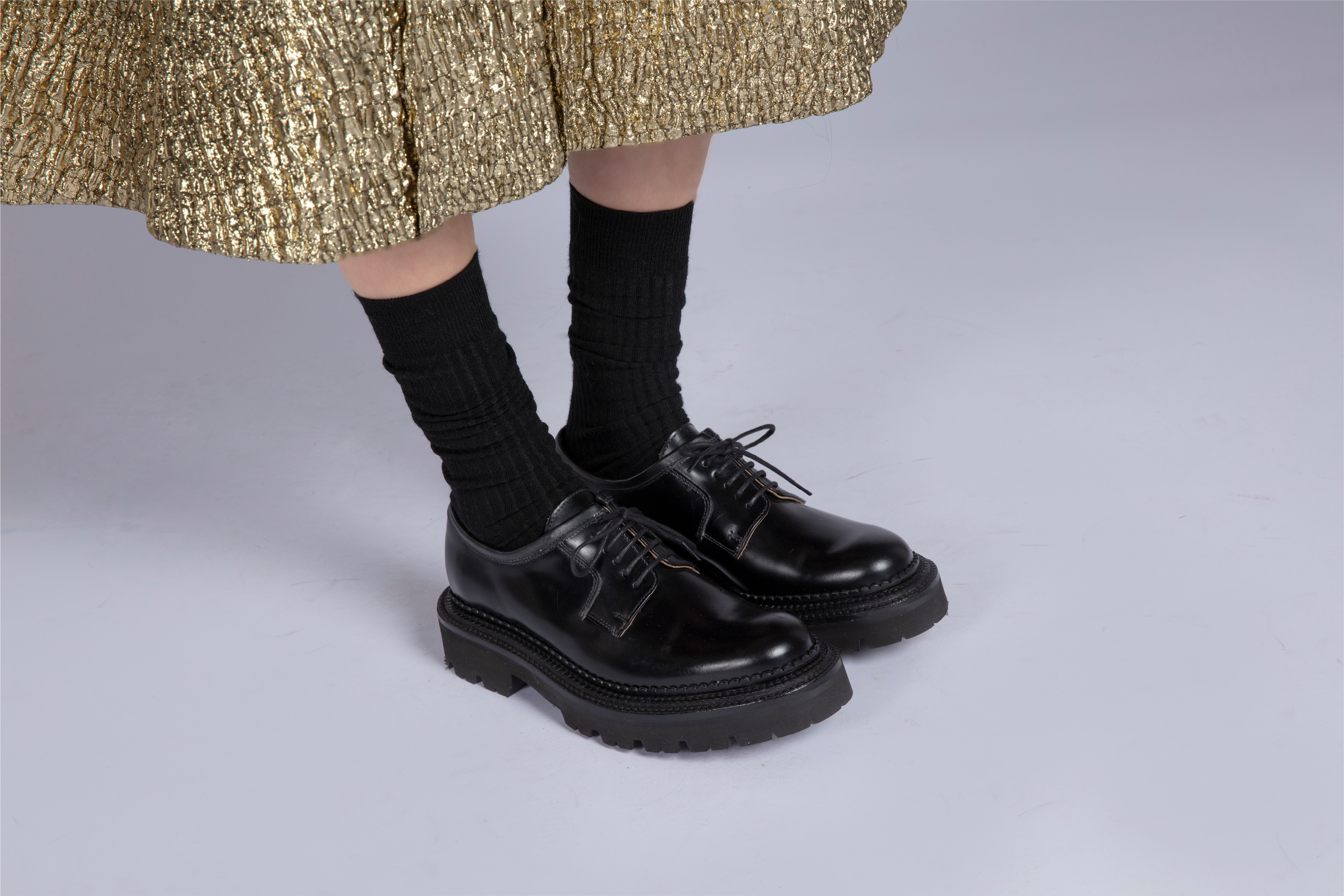
Around 40 per cent of Grenson’s shoes are made in its UK factory, including the premium G1 range and all collaborations—a feat creative director and CEO Tim Little is particularly proud of. “‘Made in Britain’ for us is the heart and soul of the company. We have been making shoes in our factory for 160 years and although we also make some shoes overseas, it’s what makes us who we are,” he shares. “‘Made in the UK’ isn’t in any way a guarantee of quality, [but] the reason it works for us is that we have our own factory and can stay close to the production,” he adds.
So, what holds them back from going 100 per cent UK-made? Primarily cost and consumer understanding. “Costs are a big challenge, as many people don’t understand why a shoe should cost as much as it does. However, anyone who visits the factory can’t understand why they don’t cost more,” says Little. “The other huge challenge is finding the craftsmen to come into the factory when our people retire,” he continues, noting that without more artisans—and, in turn, a more flexible production line—they’ve simply hit capacity.
E.L.V. Denim
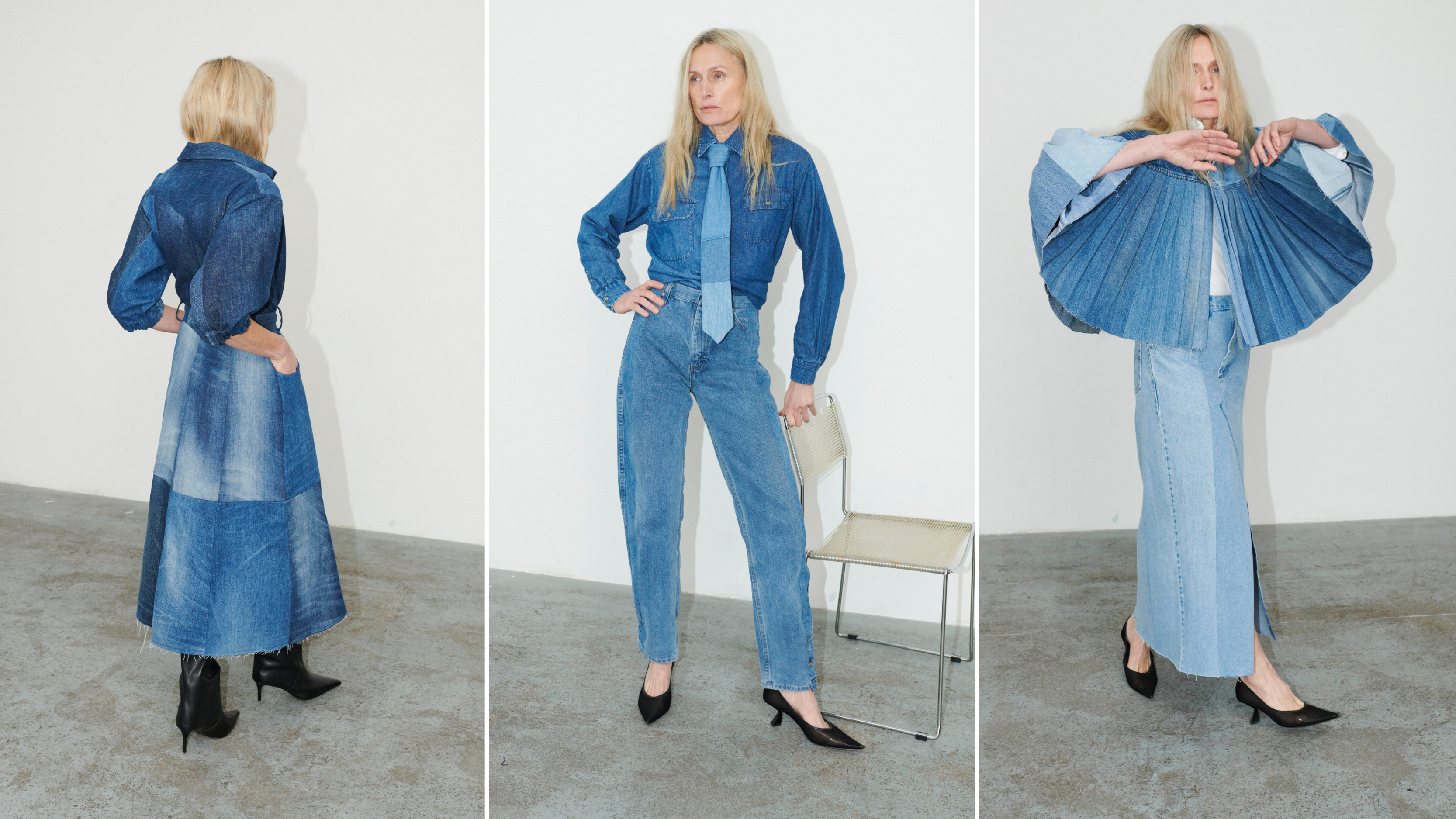
Another brand that’s built its business model on its doorstep is E.L.V. Denim, the go-to jeans brand of every London cool girl. Not only does the label craft all of its pieces from 100% upcycled materials, it also makes them within a five-mile radius of its East London studio. “I chose to design and manufacture all garments within a five-mile radius of our East London studio to minimise our environmental impact, support the local economy, and ensure complete transparency and quality control at every stage of production,” says Anna Foster, founder and creative director of the brand. “This hyper-local approach allows us to dramatically reduce our carbon footprint while building strong relationships with skilled makers in our community.”
“To E.L.V. Denim, Made in the UK (in our case, Made in London) means more than just a label—it represents a commitment to craftsmanship, transparency, and sustainability,” she adds. “It reflects our dedication to supporting local talent, upskilling manufacturers, and ensuring ethical production.” And when asked about the cons, Foster assures us there are none.
&Daughter
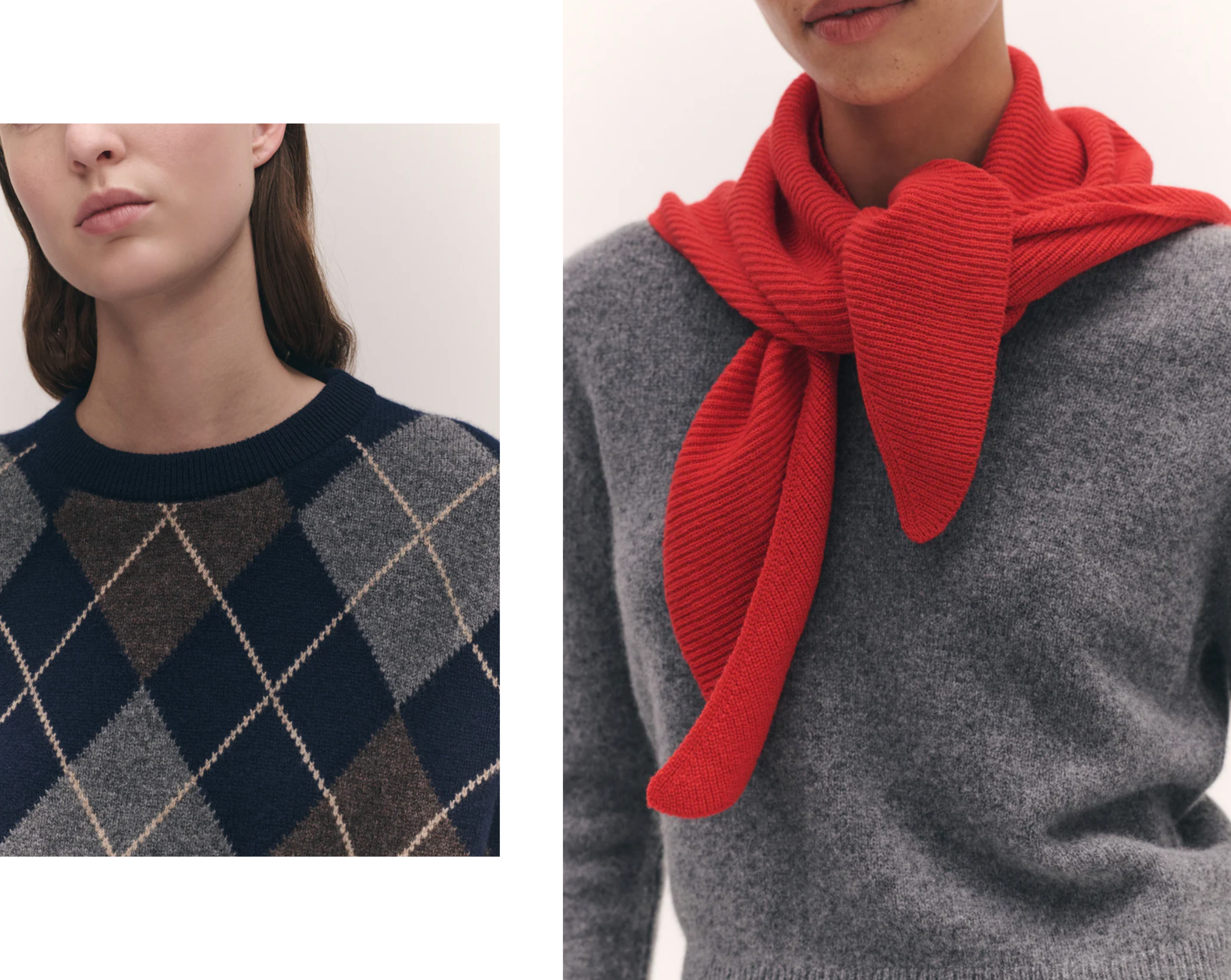
&Daughter is one of the poster brands for 'Made in the UK', working with just five yarns and five makers across the nation with one common goal in mind: to create the best knitwear in the best way. "The UK has an unrivalled history in yarns and knitwear manufacturing—this was a big part of why we launched &Daughter and continues to inspire us to this day," shares co-founder Buffy Reid. "Being able to work so closely with artisan mills and makers, and benefit from those generations of skill and craftsmanship to create forever knitwear is an important founding principle and at the heart of everything we do."
Inspired by her own Irish granny, an avid knitter, Reid has made it her mission to keep celebrating the craft. Now, &Daughter is one of the most coveted knitwear brands by fashion fans. "Equally important to us is the idea of a business built on personal relationships. We have a community-based approach to business, working with local makers—we depend on each other and it's a mutually supportive network which creates the best product, in the best way," she continues. And the fashion industry could certainly benefit from more from this mindset.
Mulberry
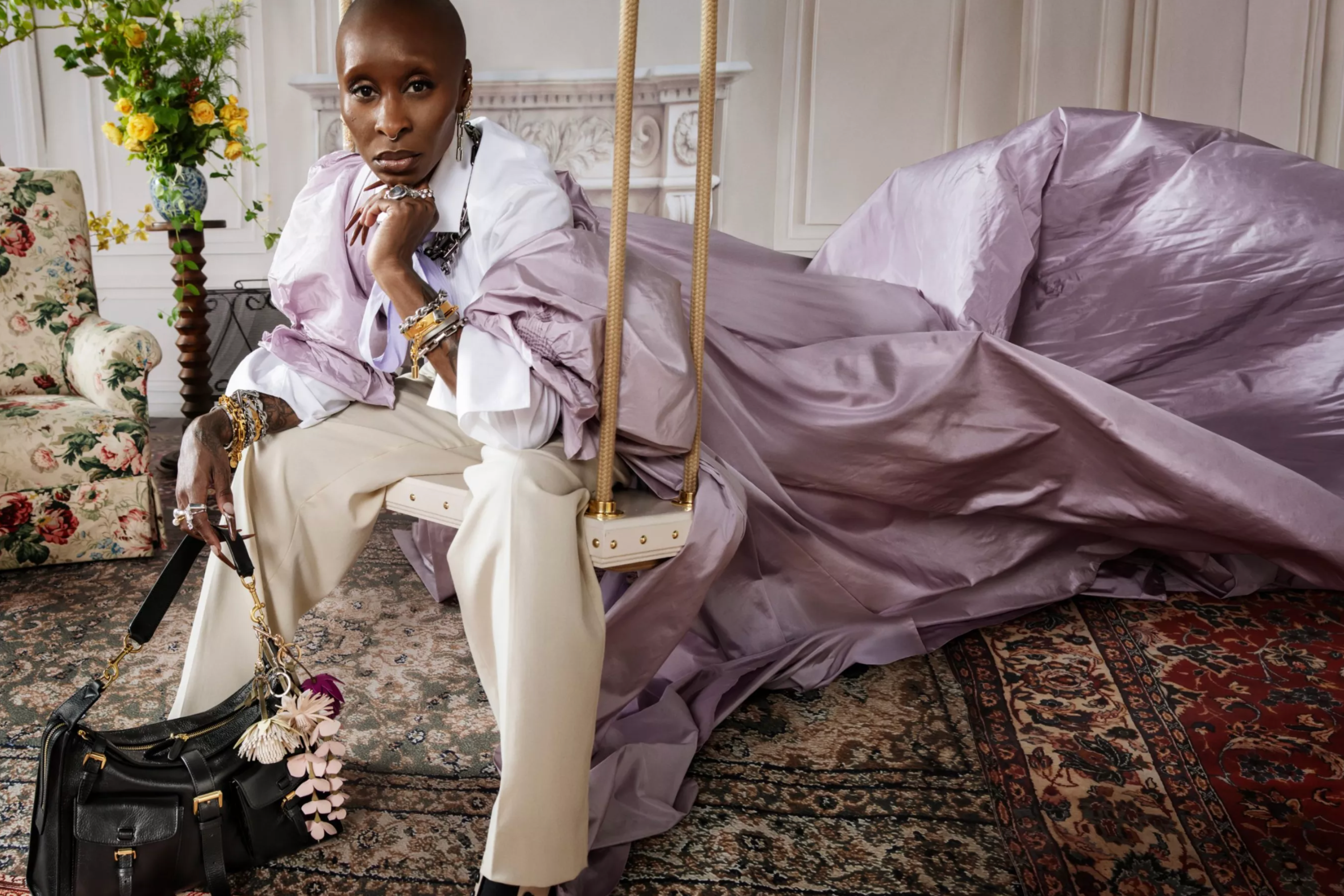
Mulberry has long been a cornerstone of British heritage, with 50% of its iconic bags still stitched in Somerset. In fact, it stands as the largest manufacturer of luxury leather goods in the UK, employing a team of 600 skilled craftsmen and craftswomen just a stones throw away from the kitchen table on which the brand was first created in 1971.
While not every element is sourced or built in the UK, inspiration has always been drawn from England—both the chaos of London and the calm of the countryside. Right now, the re-release of the iconic Roxanne Bag is gaining plenty of attention.

Lauren Cunningham is a freelance fashion and beauty editor covering runway reviews, fashion news, shopping galleries and deep-dive features.
